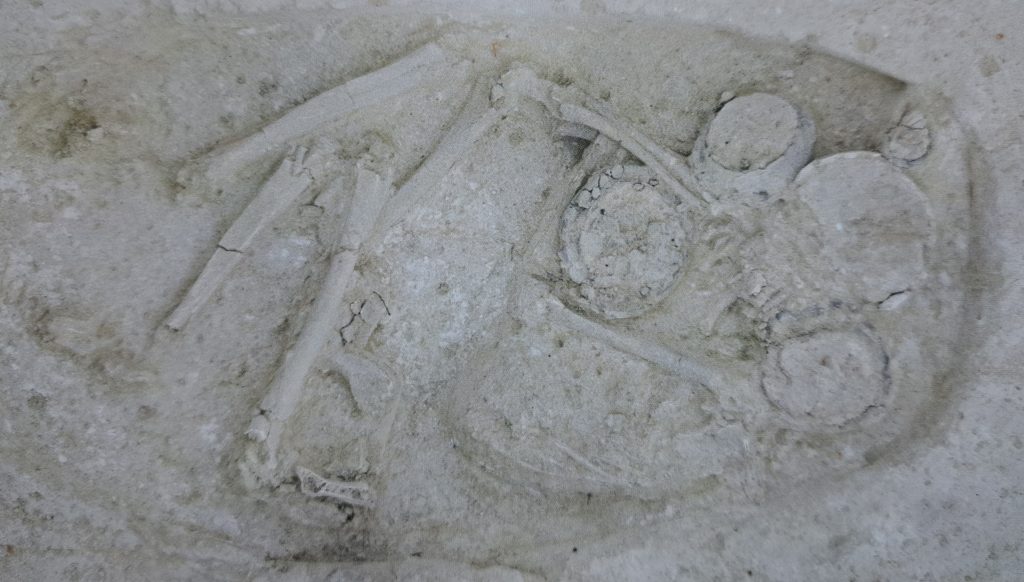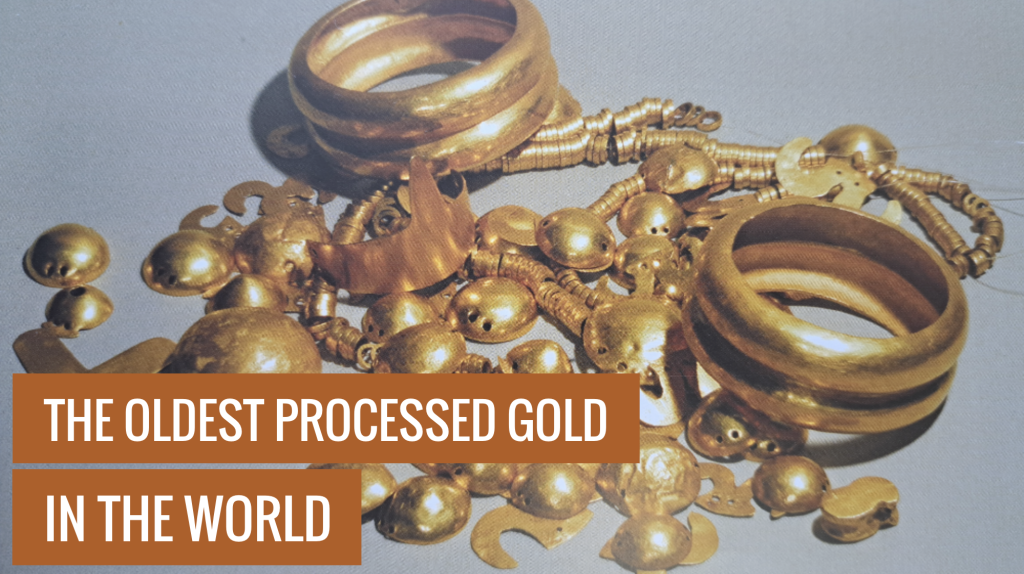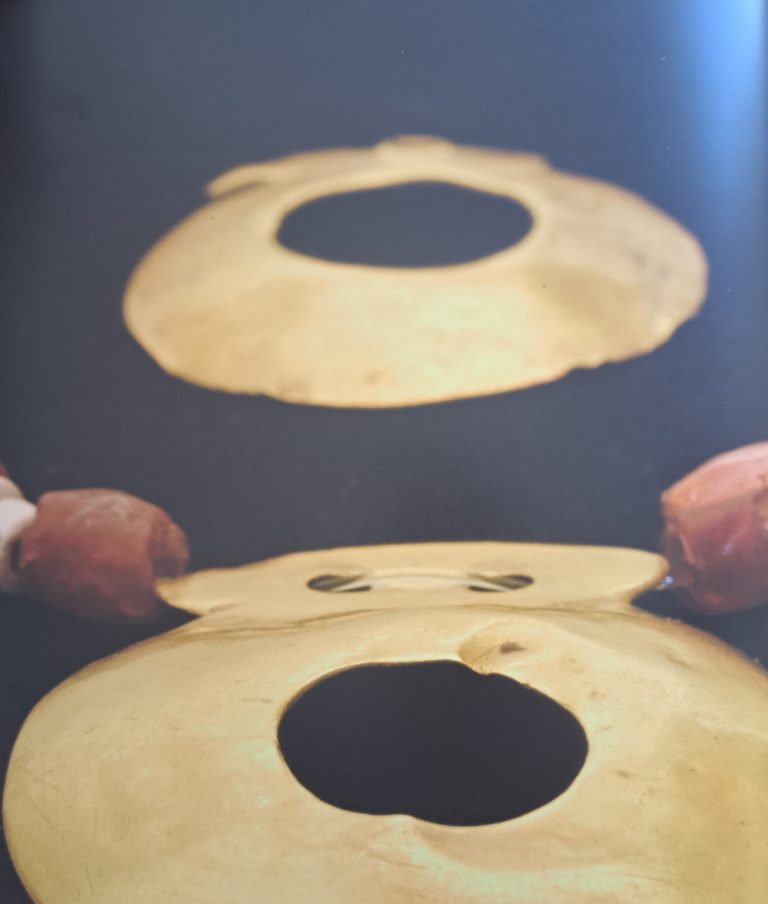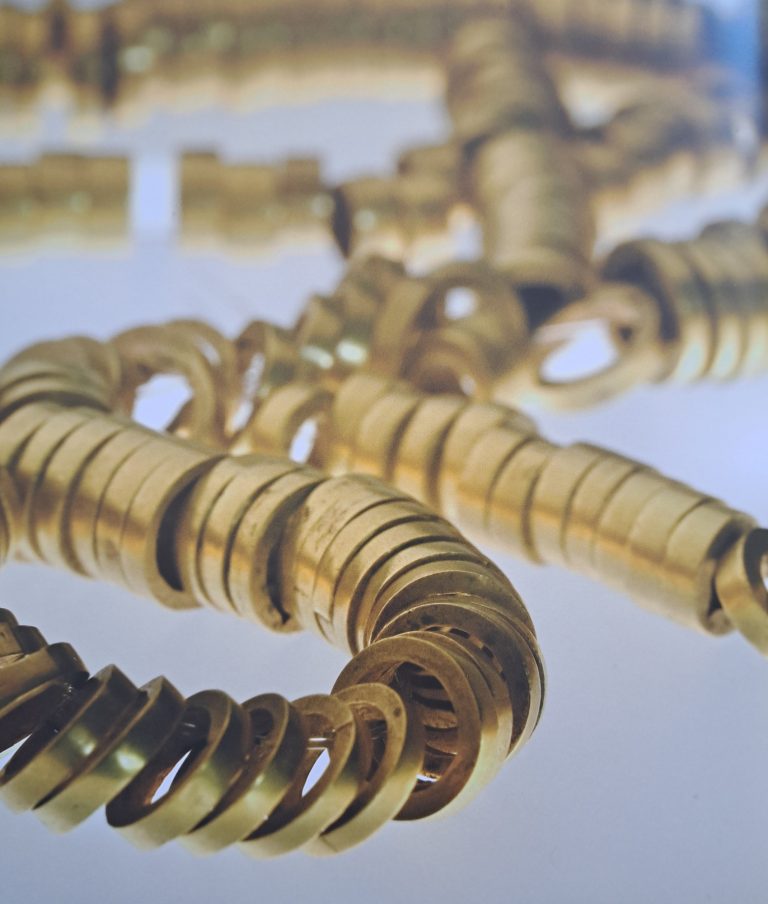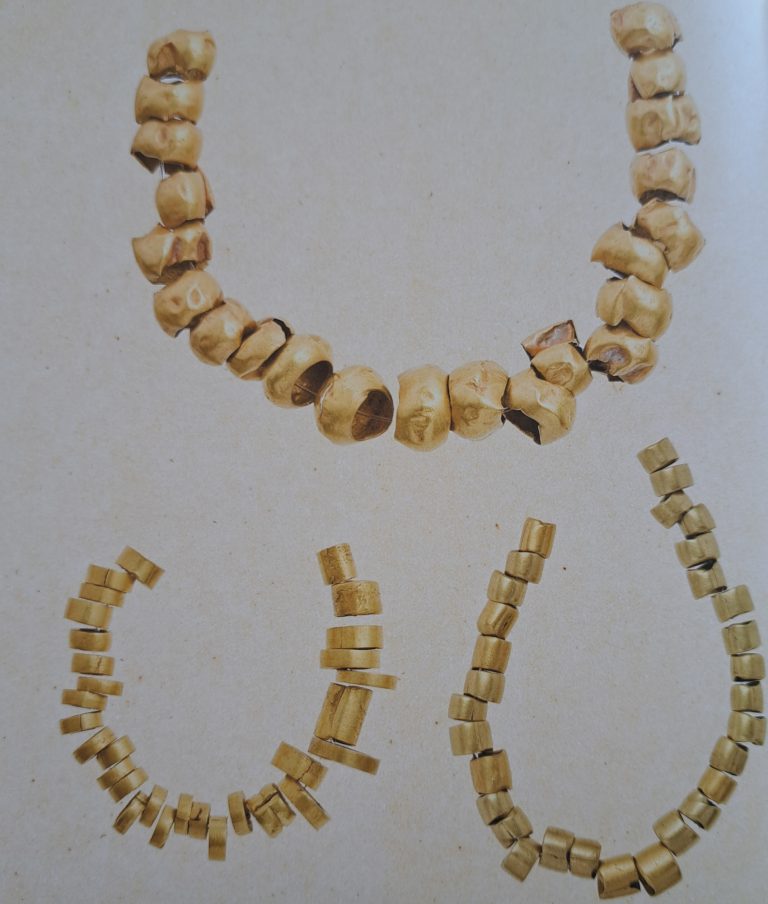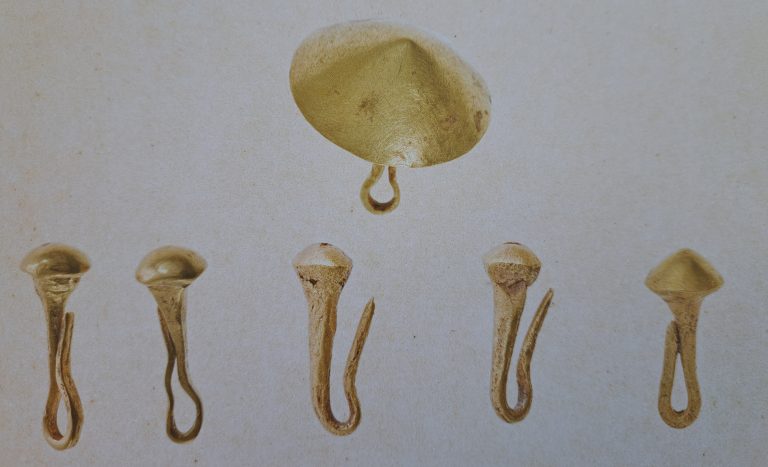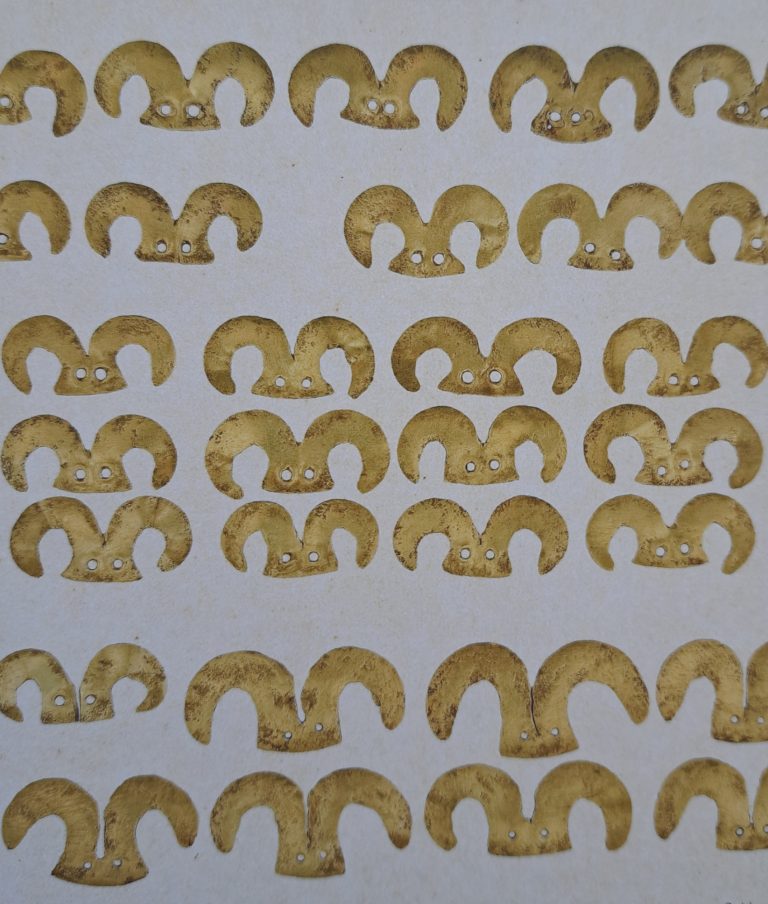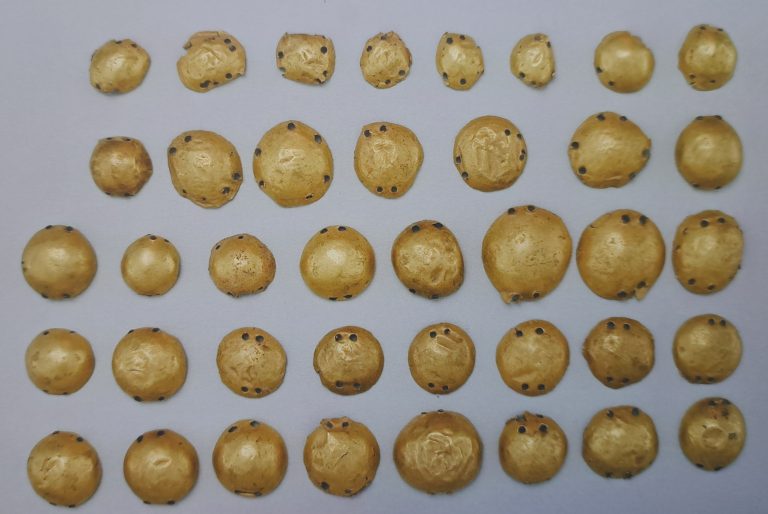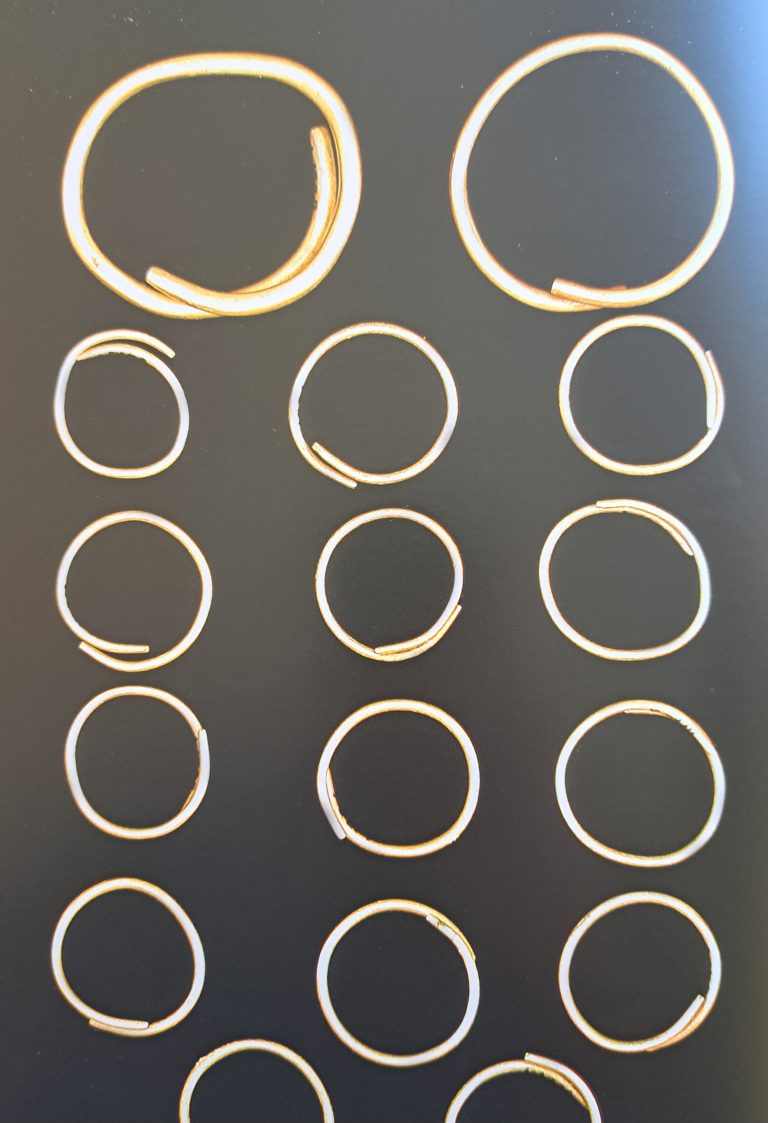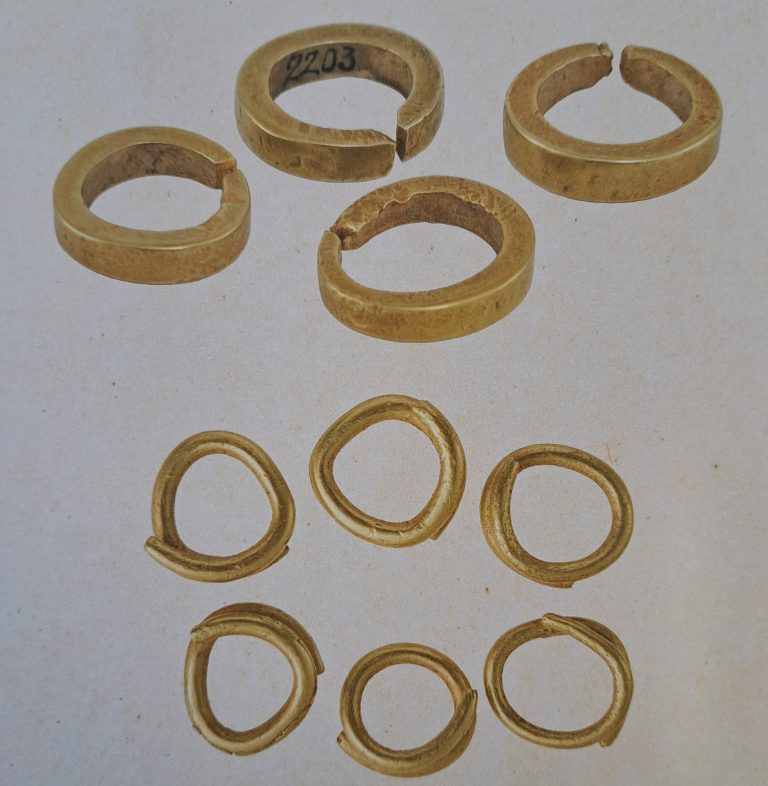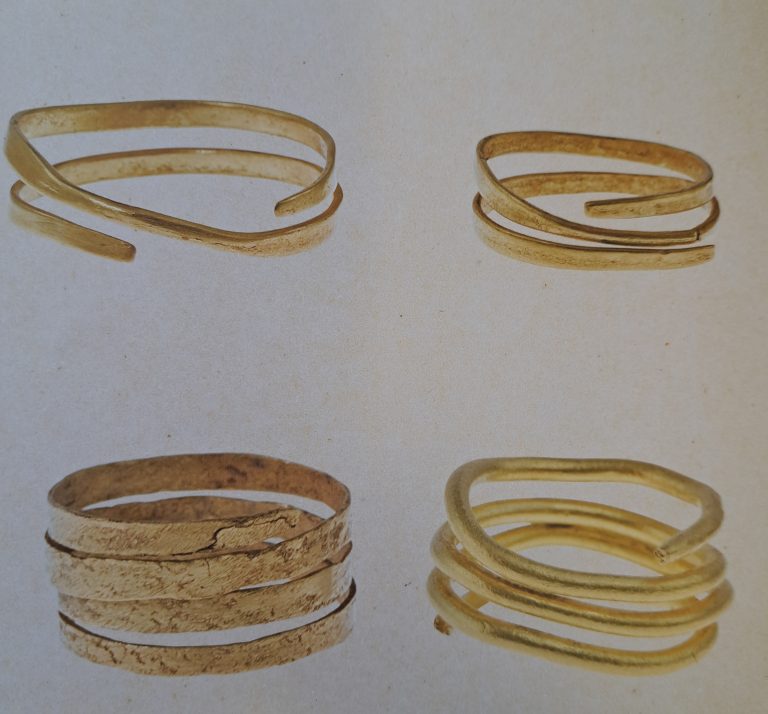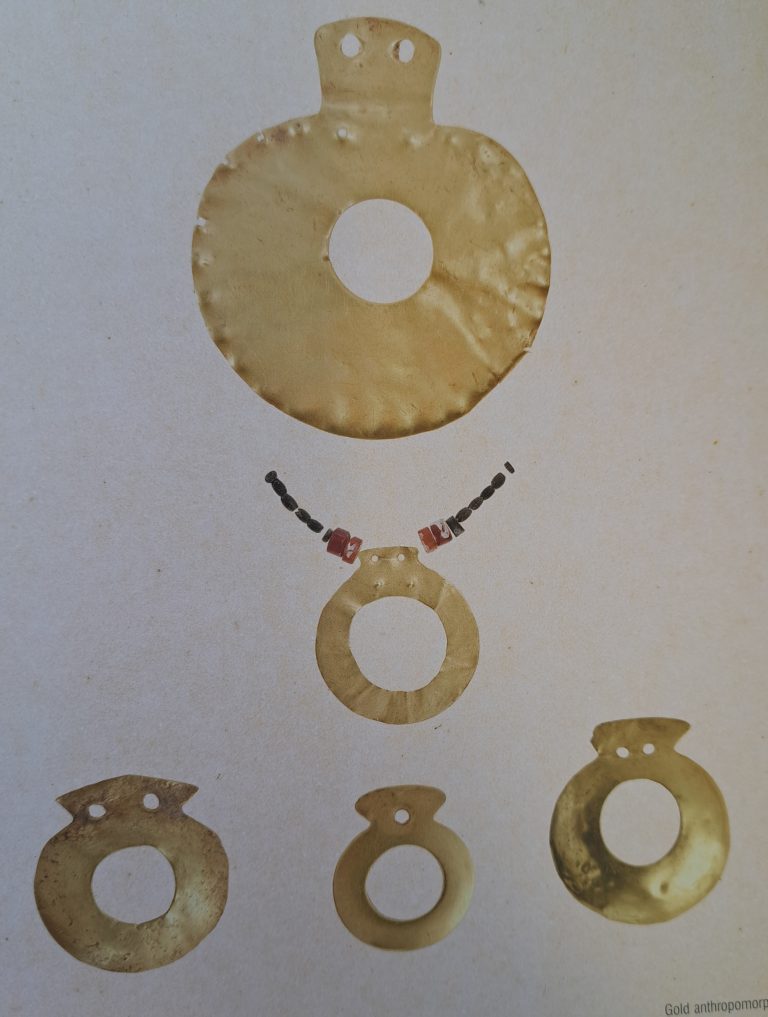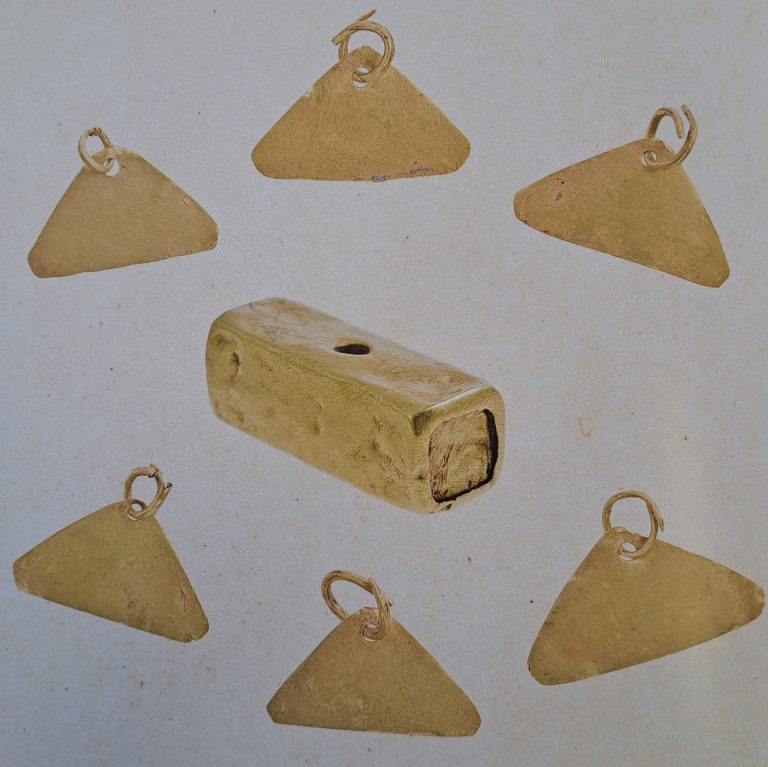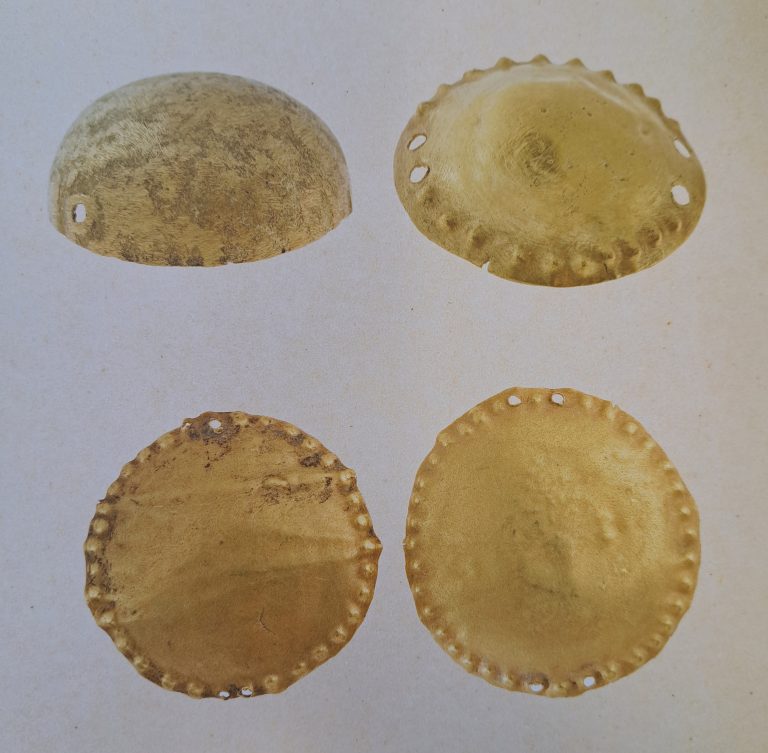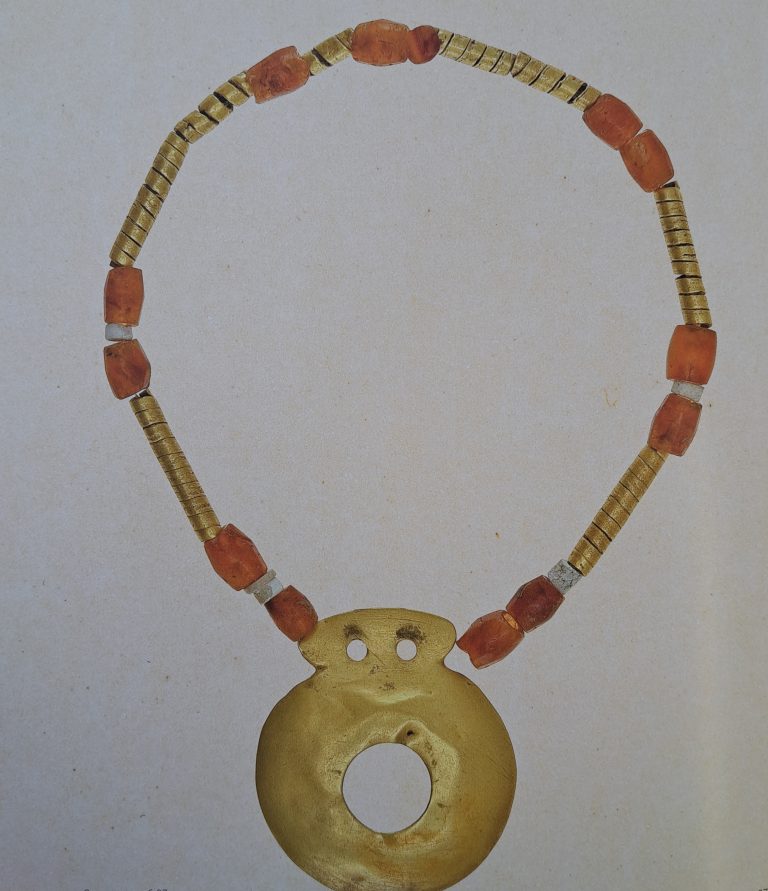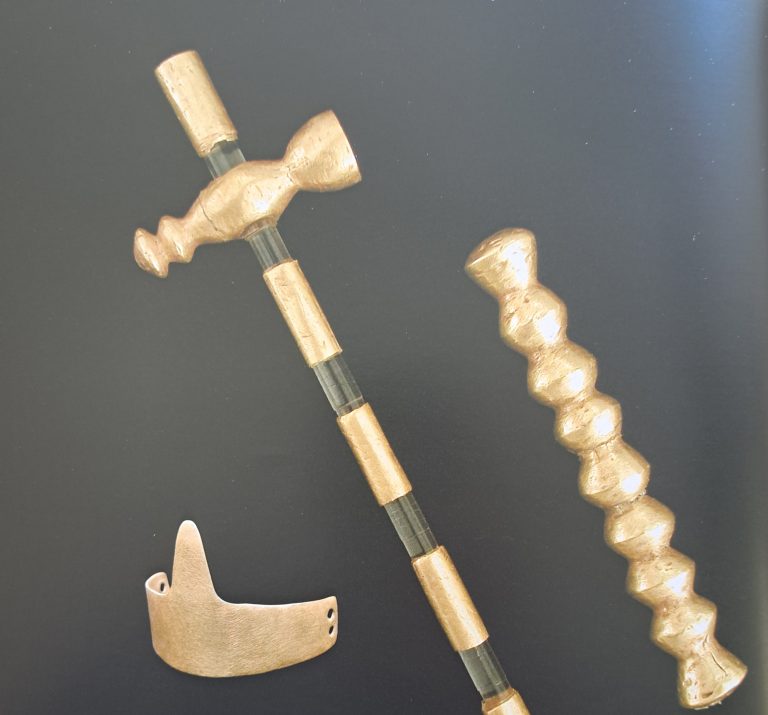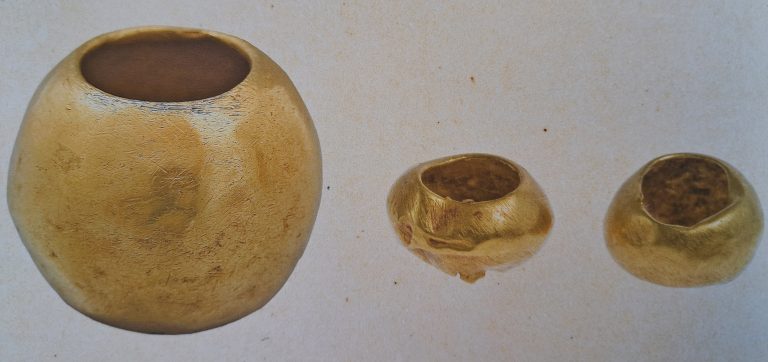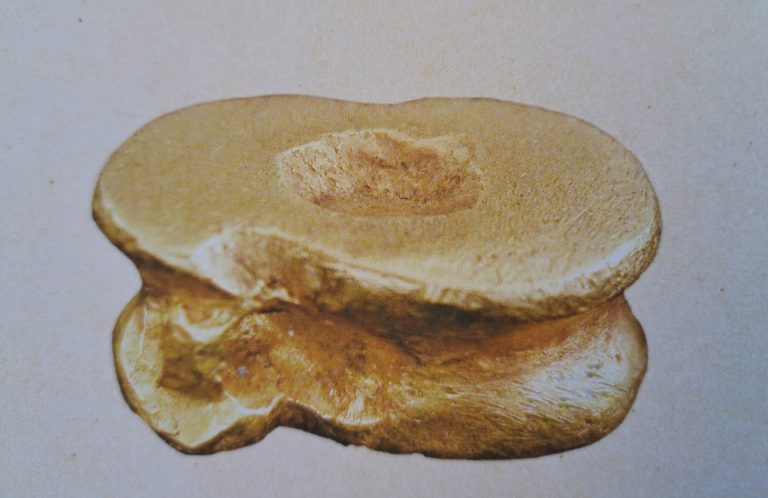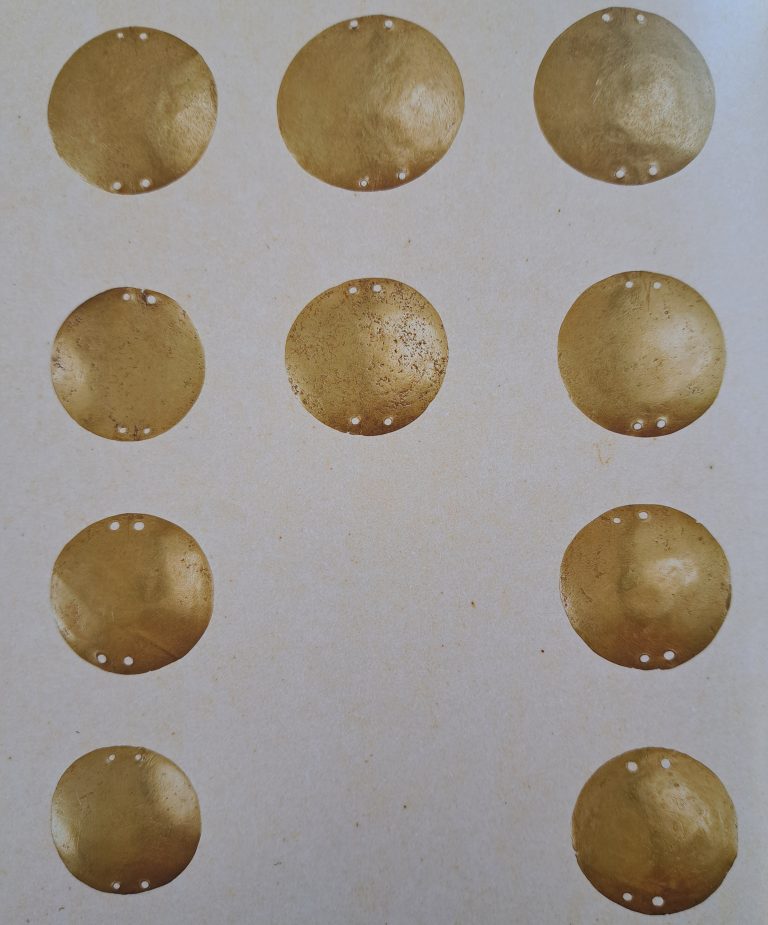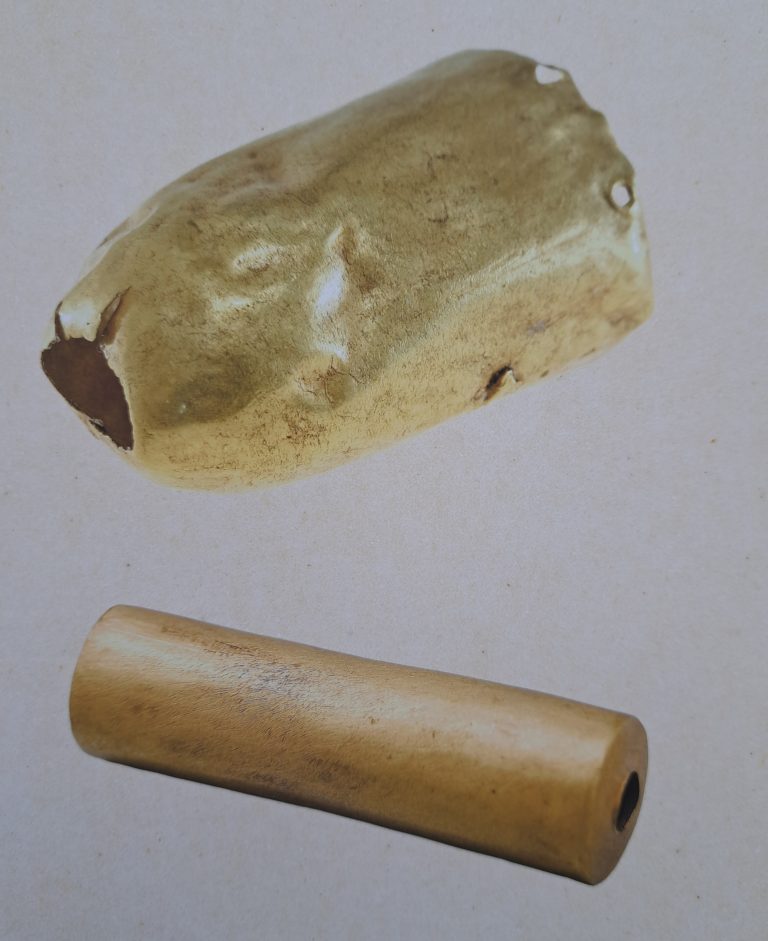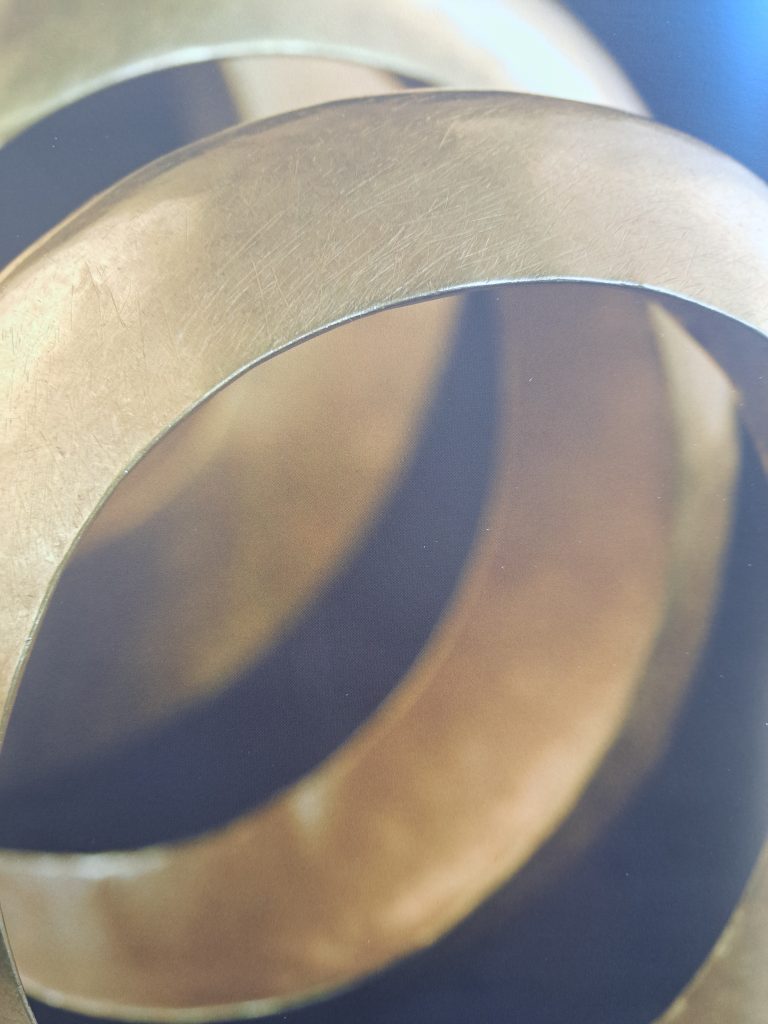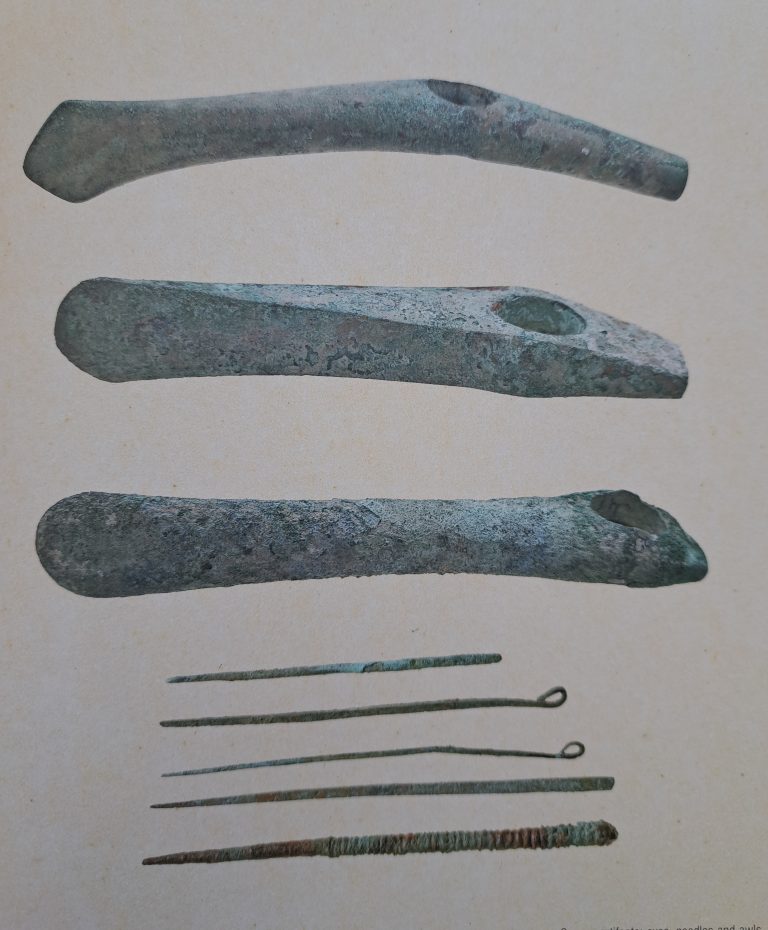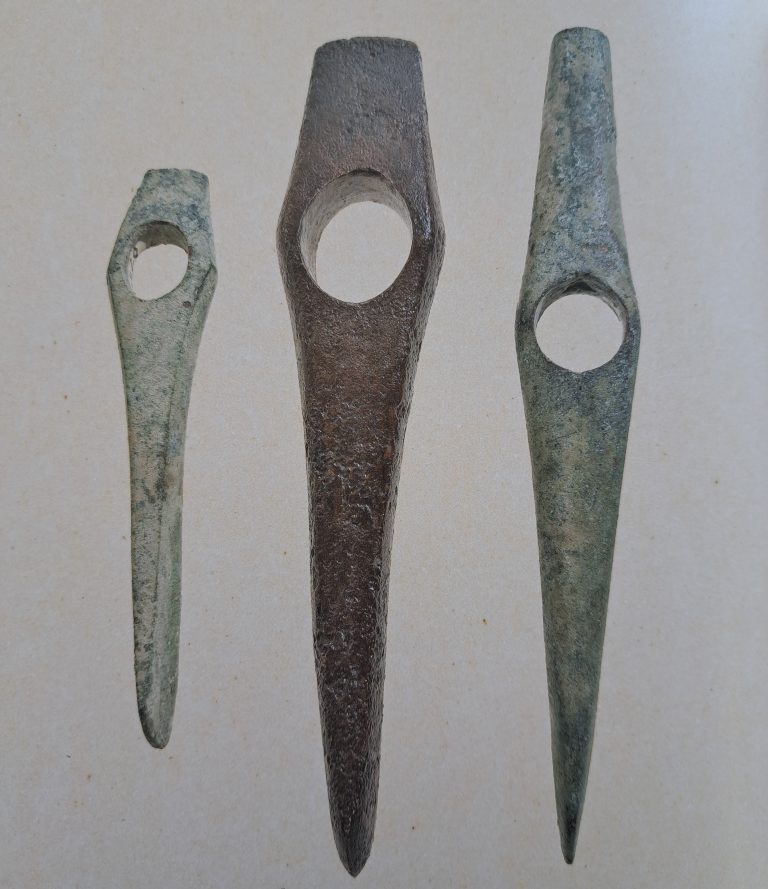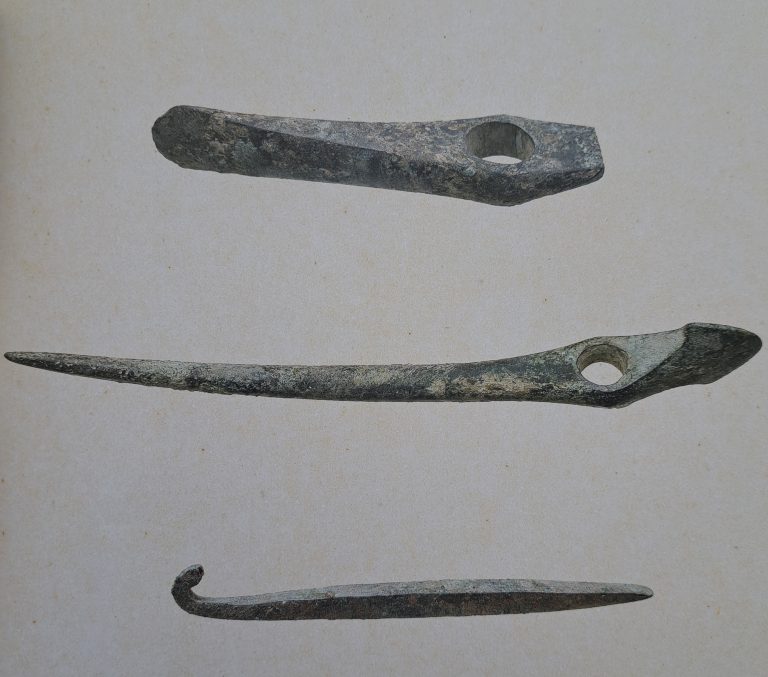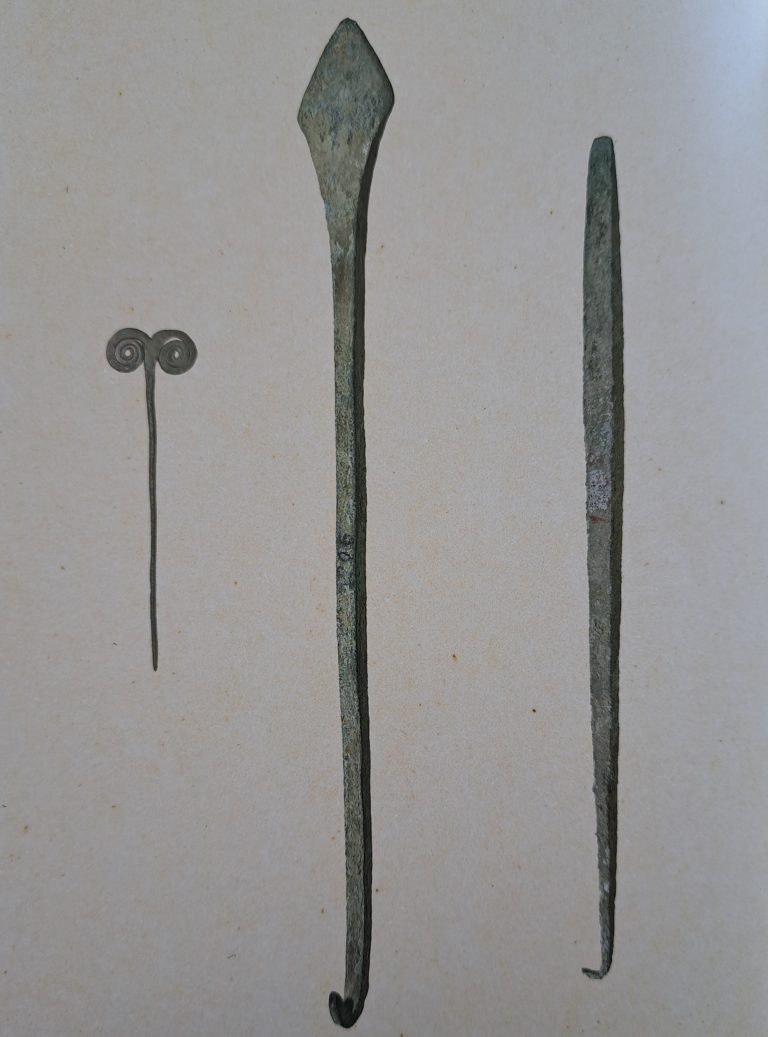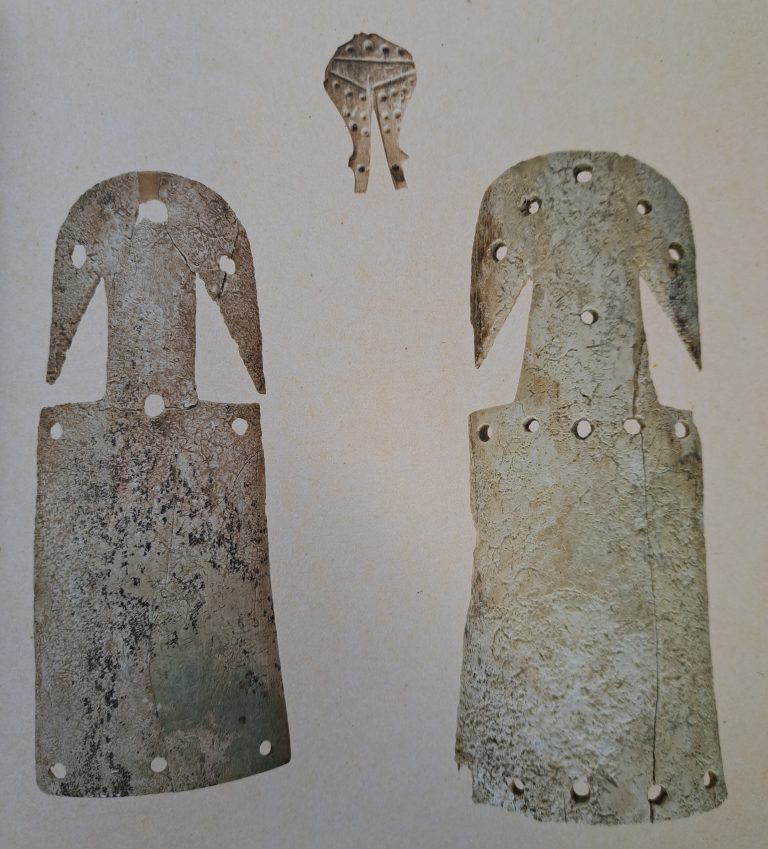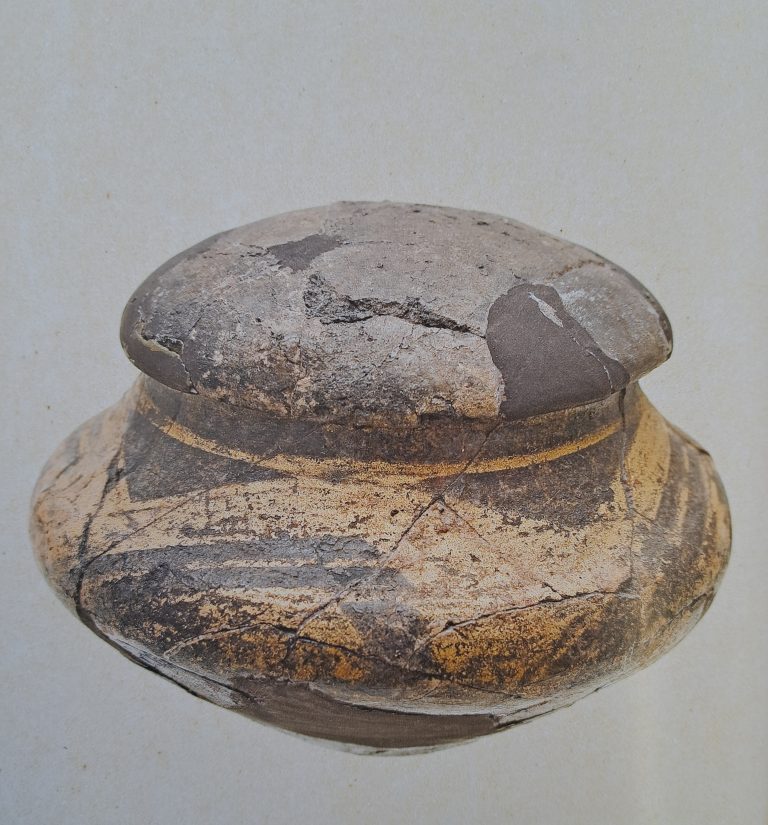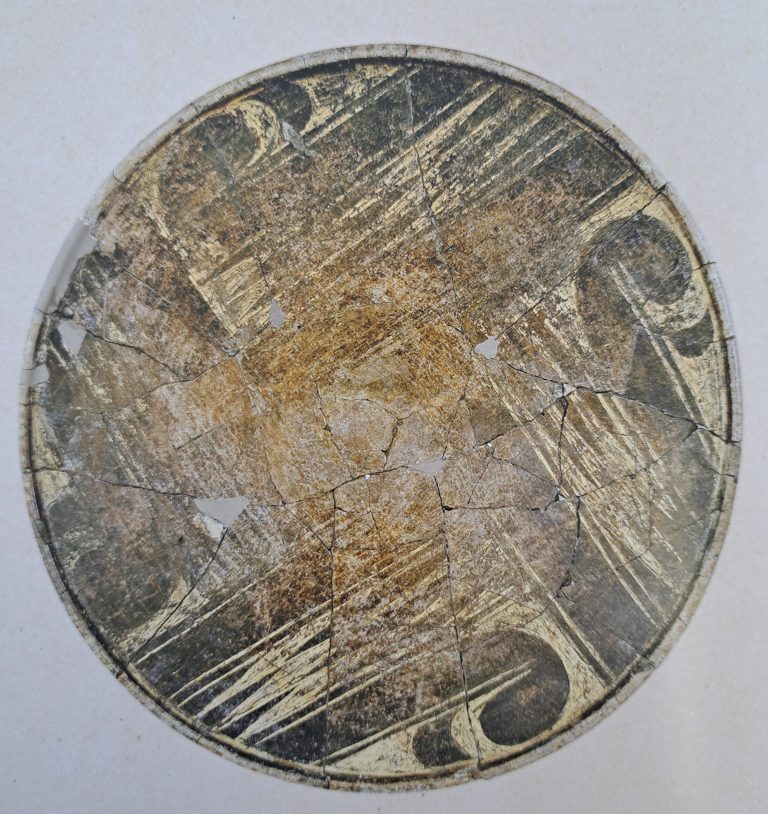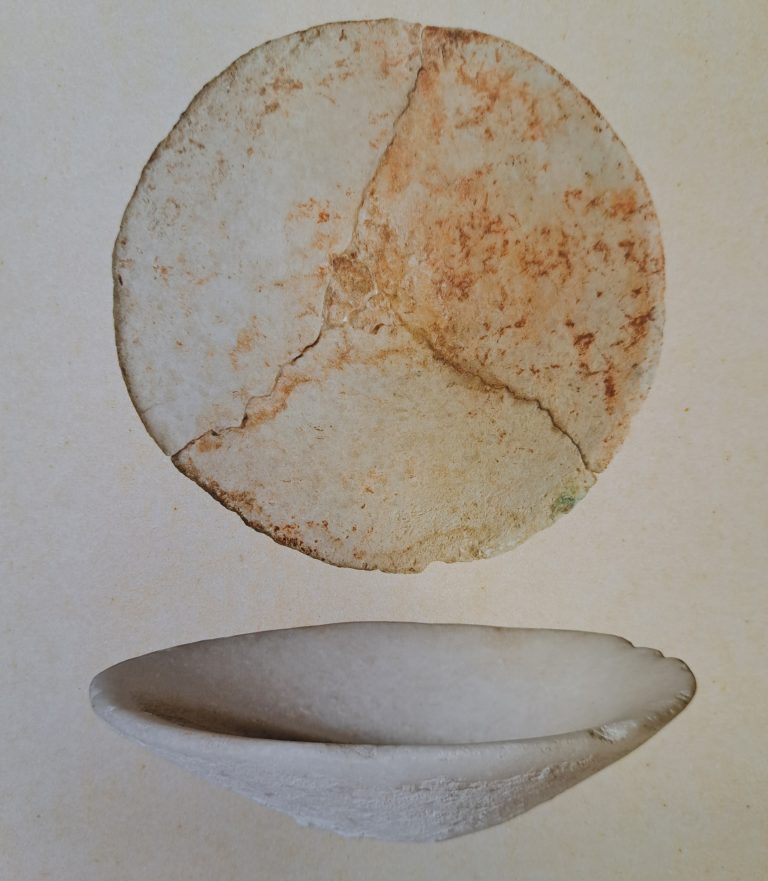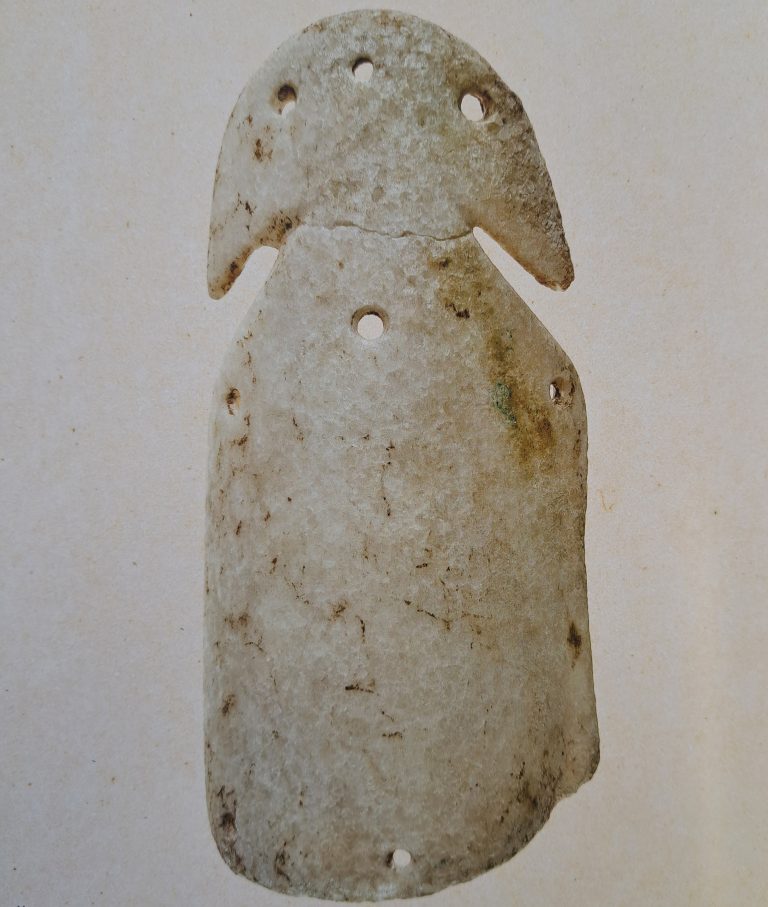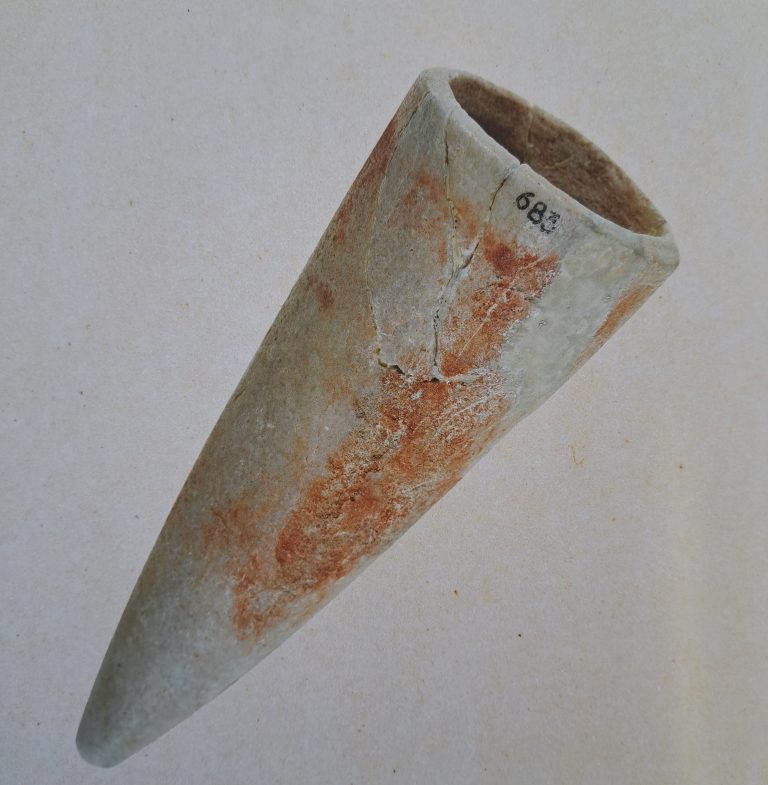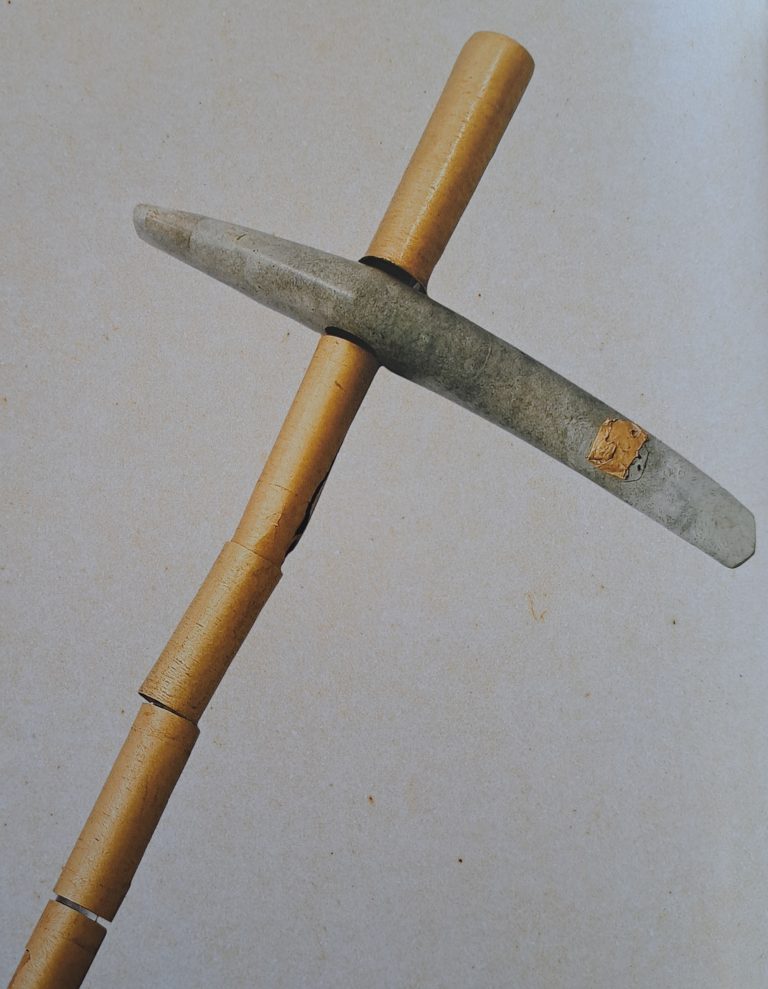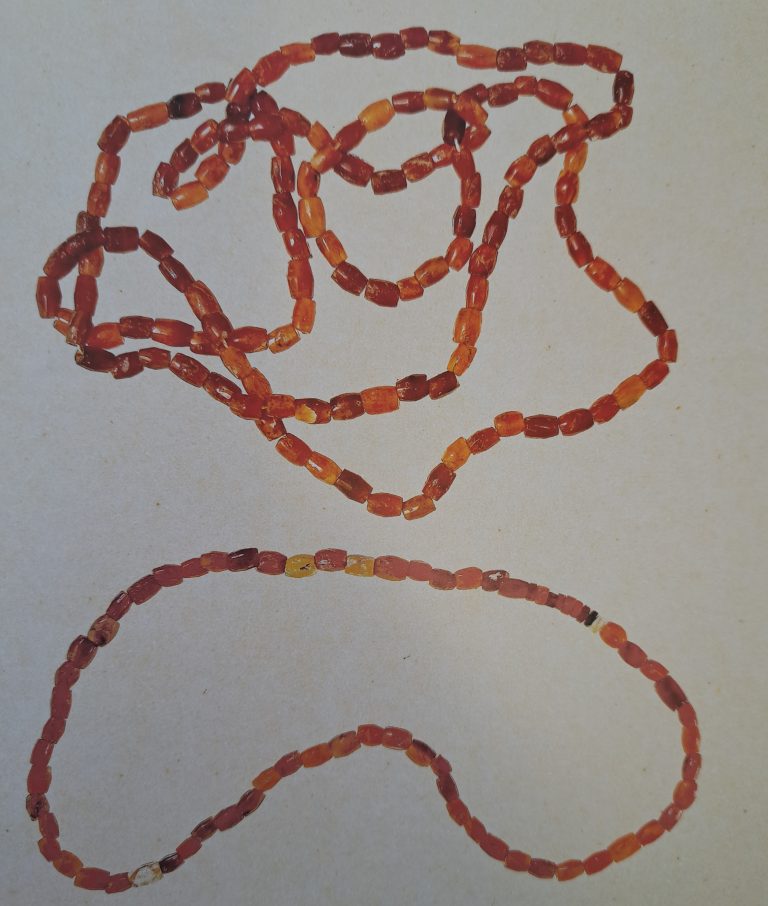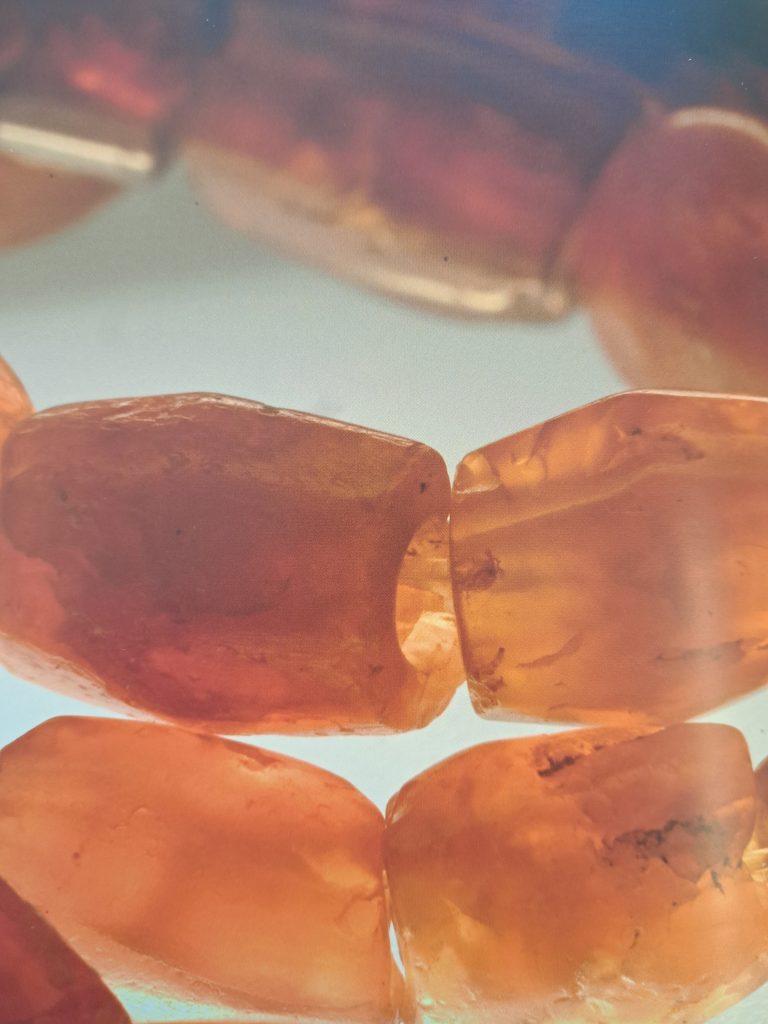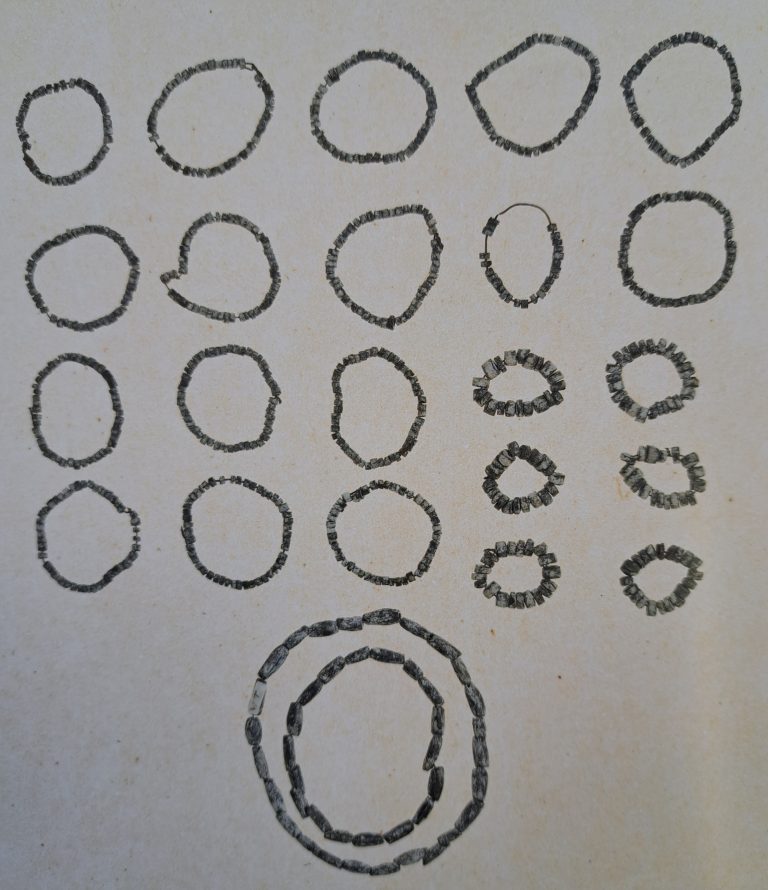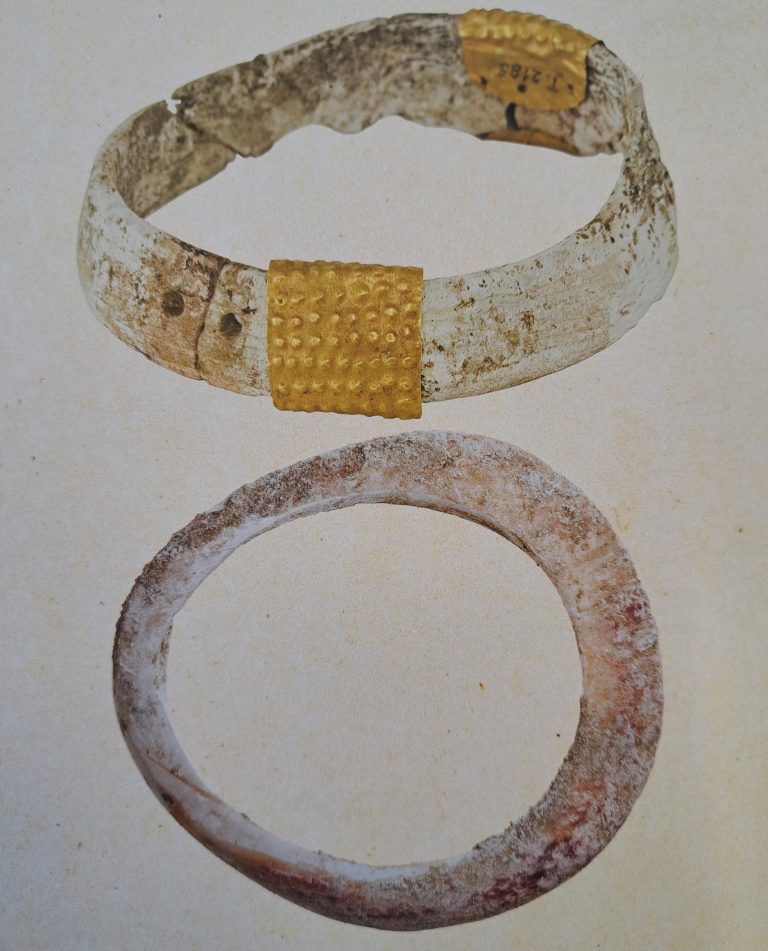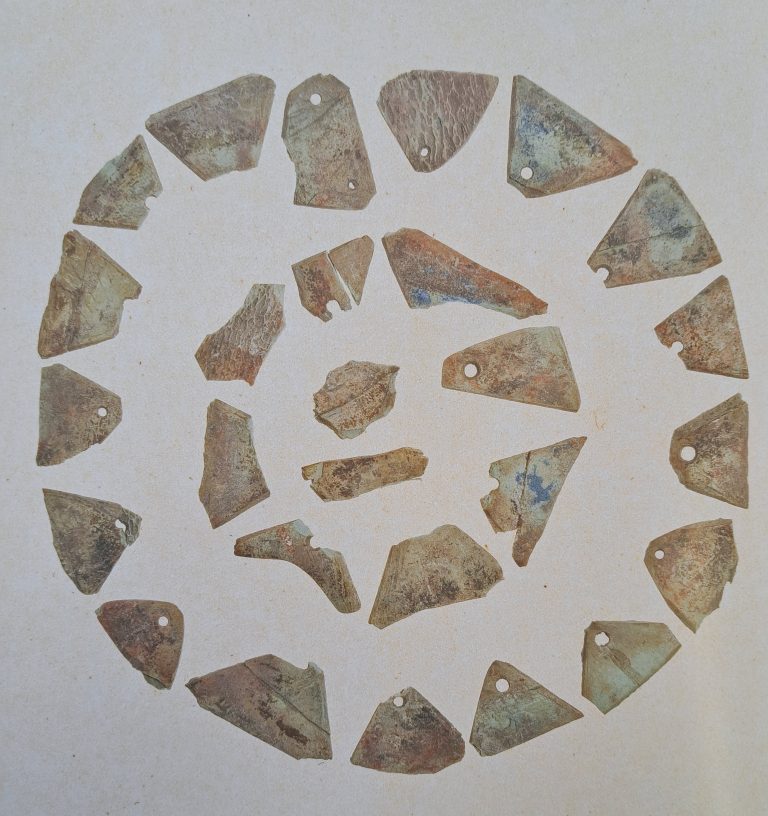6 000 years ago
THE OLDEST PROCESSED GOLD
VARNA MUSEUM
Even the most skeptical researchers are reverently keeping silence at the sight of the masterfully crafted ornaments, rigual objects and vessels in the hall where the first king of Europe lies surrounded posthumously with his golden possessions. In the graves of the Varna necropolis were found the oldest gold artefacts, produced almost 1 000 years before the civilizations of Shumer and Egypt.
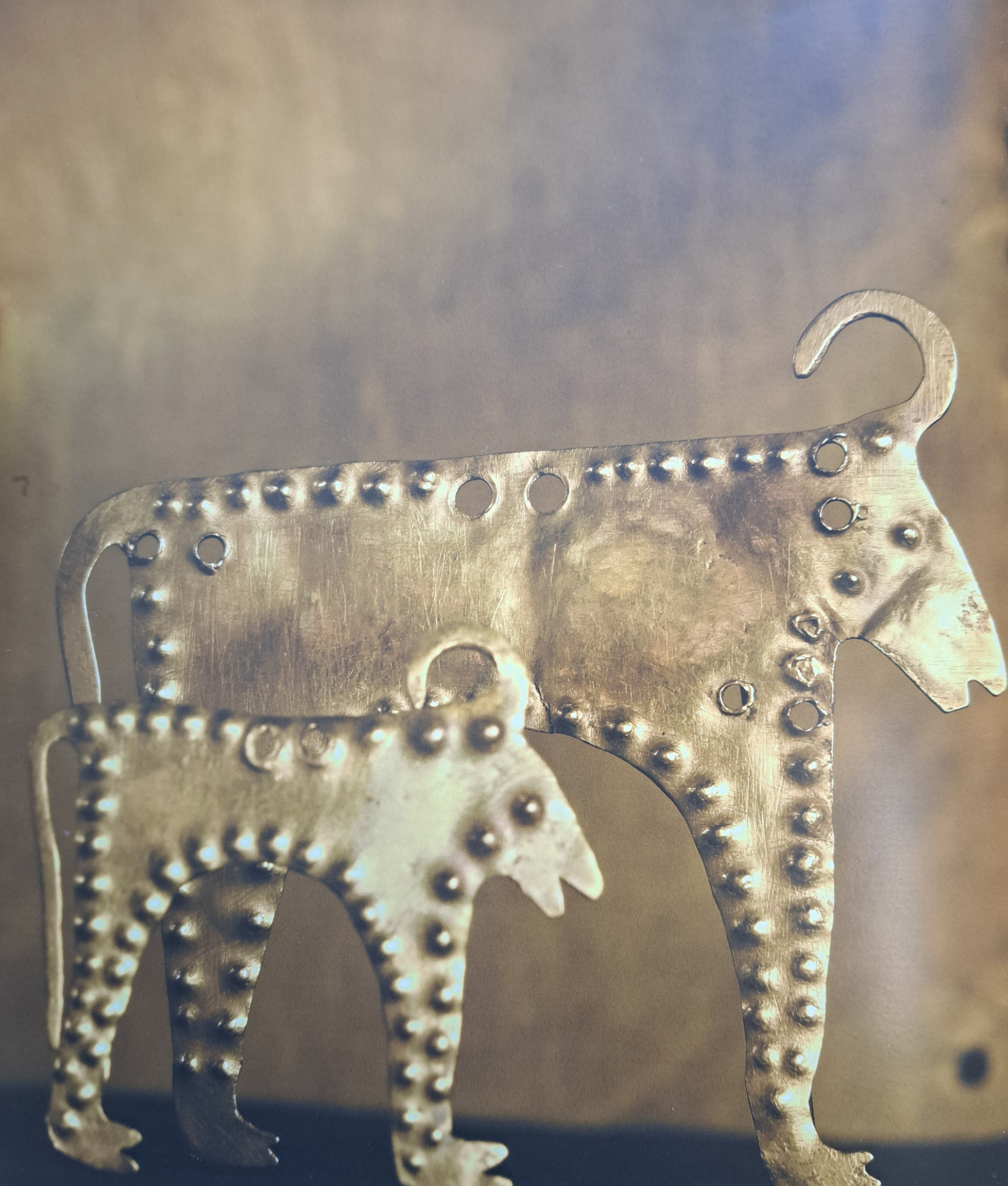
MAGNIFICENT & ELEGANT
The oldest processed gold in the world, found in Varna necropolis, laid unaffected for 6,000 years with the remains of its owners. The magnificent and elegant miniature 22 carat purity gold objects compel attention with their clean geometric shapes.
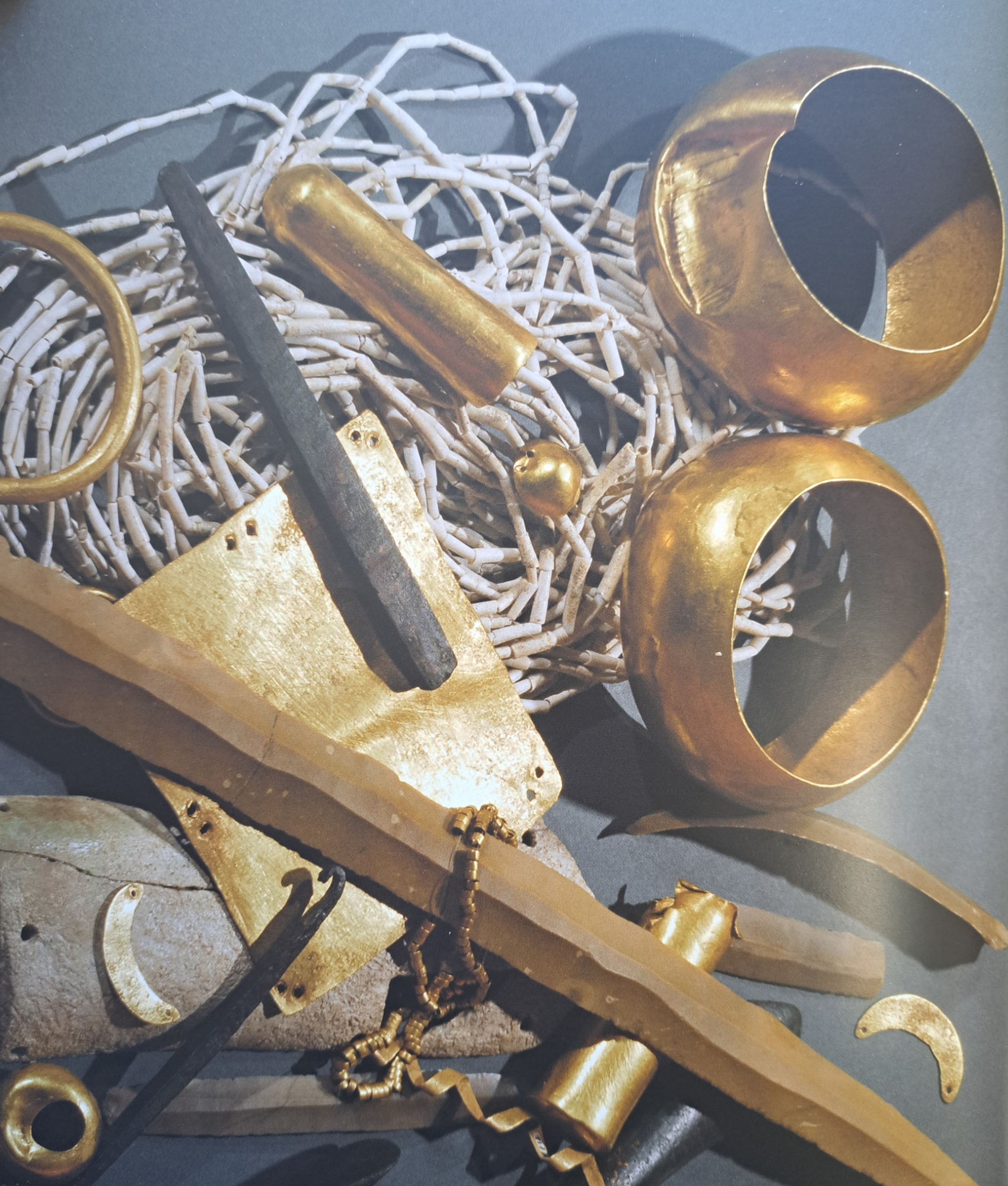
ACCIDENTAL DISCOVERY
The site was accidentally discovered in the autumn of 1972 when the excavator operator Raycho Marinov dug for an underground electricity cable trench. He spotted metal objects and flint tools in the ground.
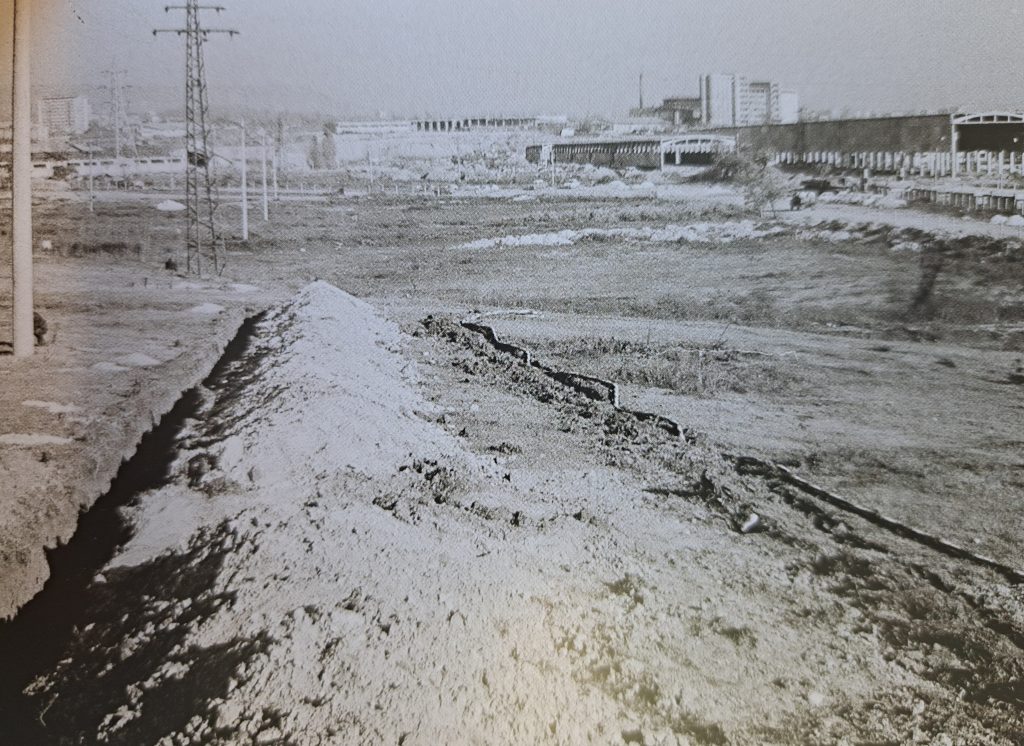
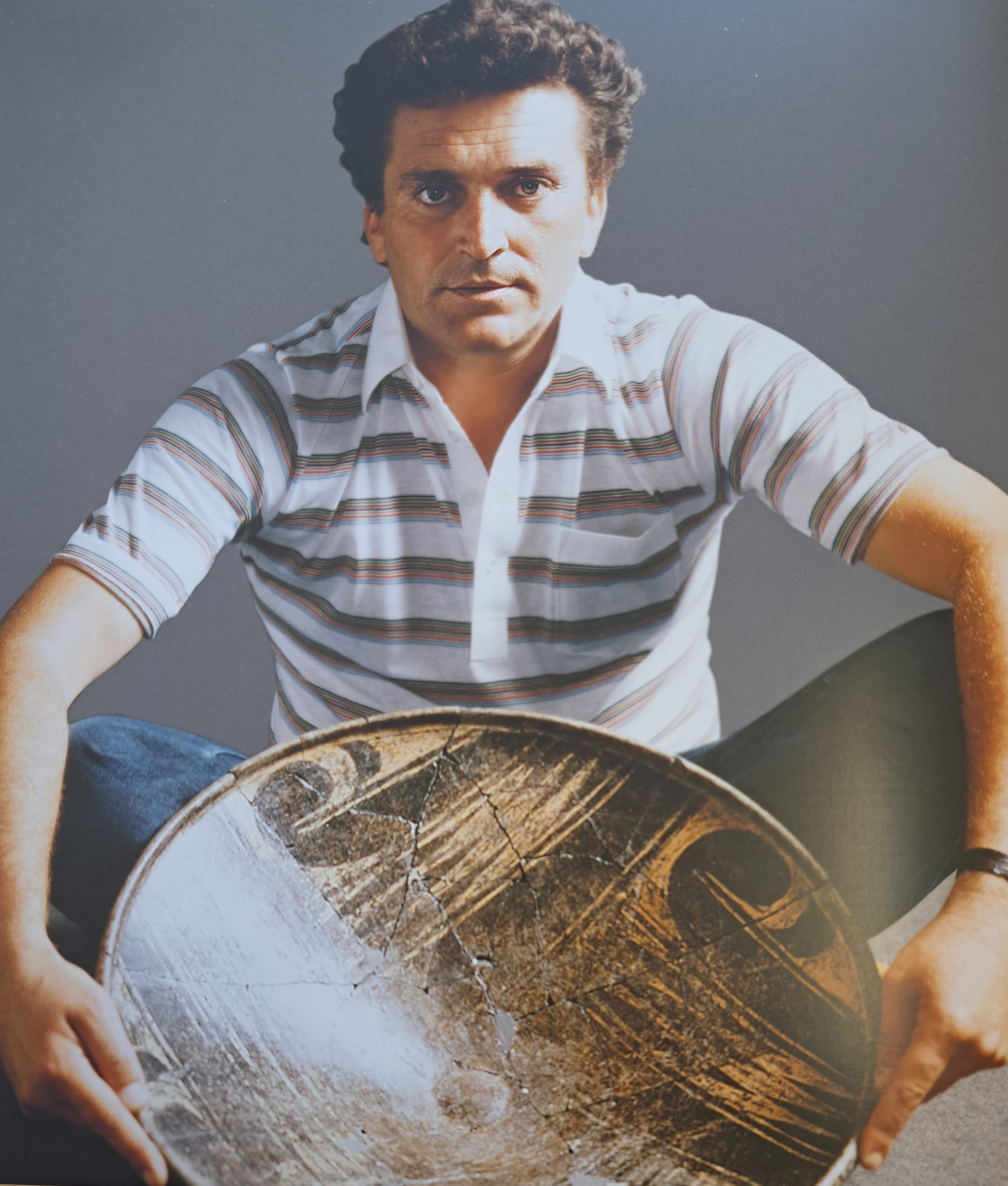
RESEARCH DEVOTION
Mihail Lazarov first led the excavations of the oldest processed gold but the lagacy continued by Ivan Ivanov, a remarcable scientist who devoted his life to research the necropolis. Ivanov’s studies were interrupted after 1991, when due to worsened economic conditions the excavations stopped. The archaeologist constantly led a wide public campaign to promote the world oldest processed gold among museums and experts, and provoke media interest around Europe, Asia and America. Ivan Ivanov is the author of dozens of publications in magazines and books. He organized numerous exhibitions around the world. This photo of him holding a 6,000 year old gold painted vessel is emblematic.
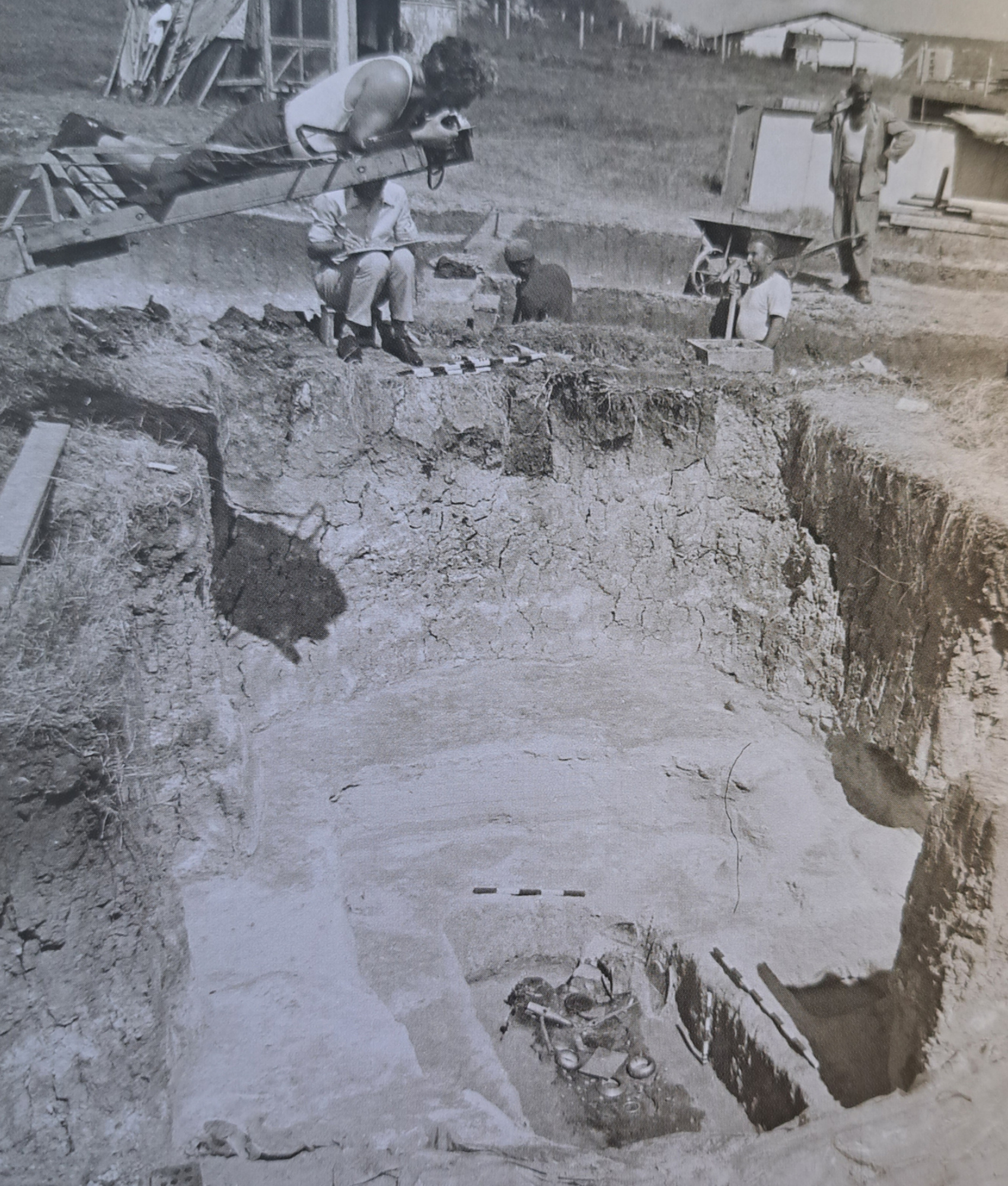
DUG BY PRISONERS
Varna Archaeological Museum staff participated in the excavations of th eVarna necropolis, assisted by Georgi Marinov, an anthropologist from the Higher Medical Institute in Varna and Yordan Yordanov from the Institute of Anthropology and Experimental Morphology. Students from Sofia University, St. Kliment Ohridski, from the Veliko Tarnovo Higher Pedagogical Institute (today university) St. St. Cyril and Methodius, from Varna higher education institutuions, students from Varna high-schools and even prisoners helped the escavations.
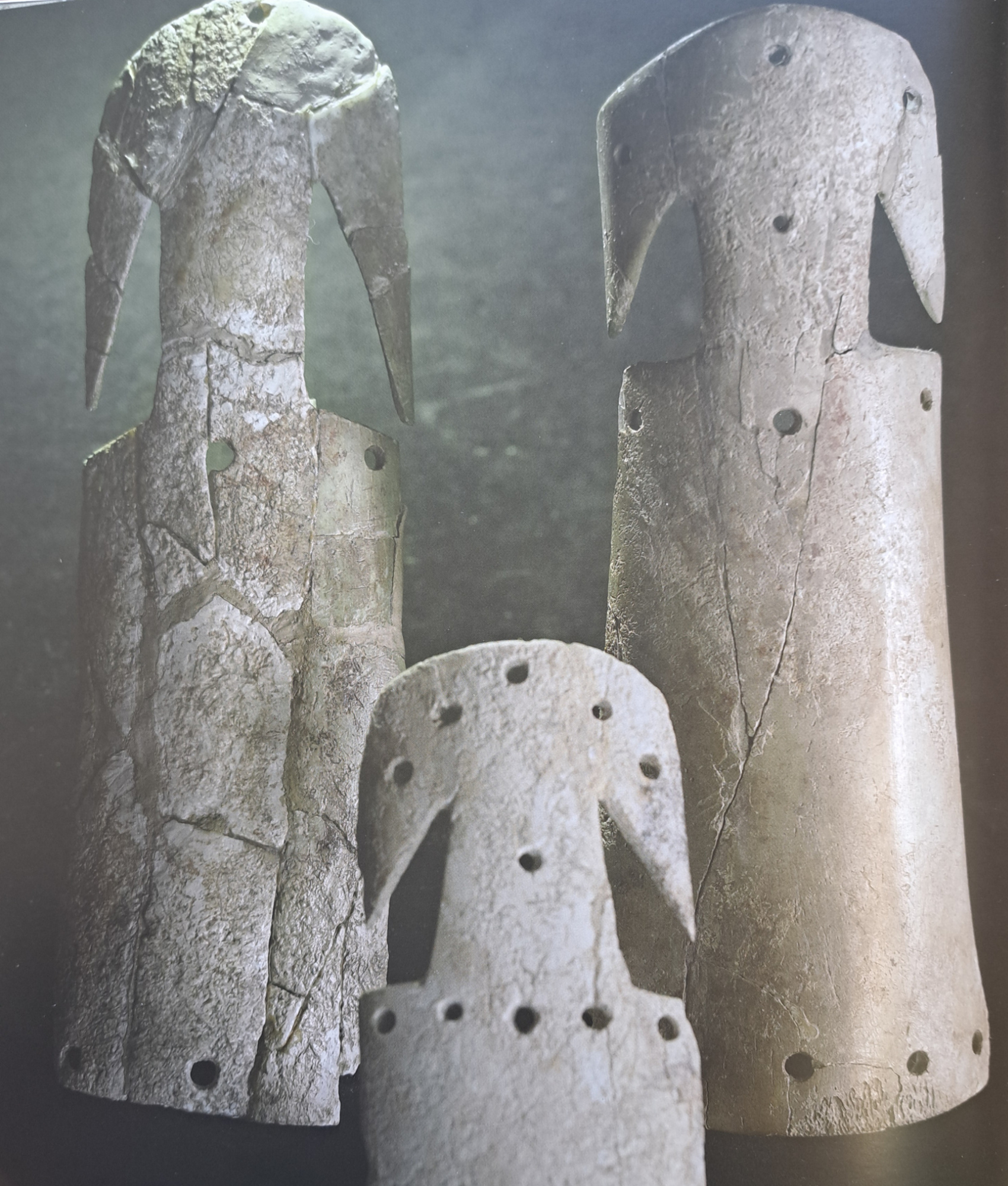
WHISPERS OF THE DEAD
The Varna Chalcolithic necropolis is located on a flat, slightly inclined terrain about 400 m north of Lake Varna. its findings are dated between 4,600 – 4,350 BC, referring to Late Copper Age. Historians define it as a cemetery of a center of a highly sophisticated socioeconomic community flourishing on the Varna Lake shores. The center consisted of eight settlements located today under the lake waters. The distance between the settlements is 2.5 – 3 km. Each one of them covered significant surface – not less than 350 by 80 m. The necropolis is 400-450 m northwest of one of them. No such concentration of population is known for the same period in the Balkan Peninsula.
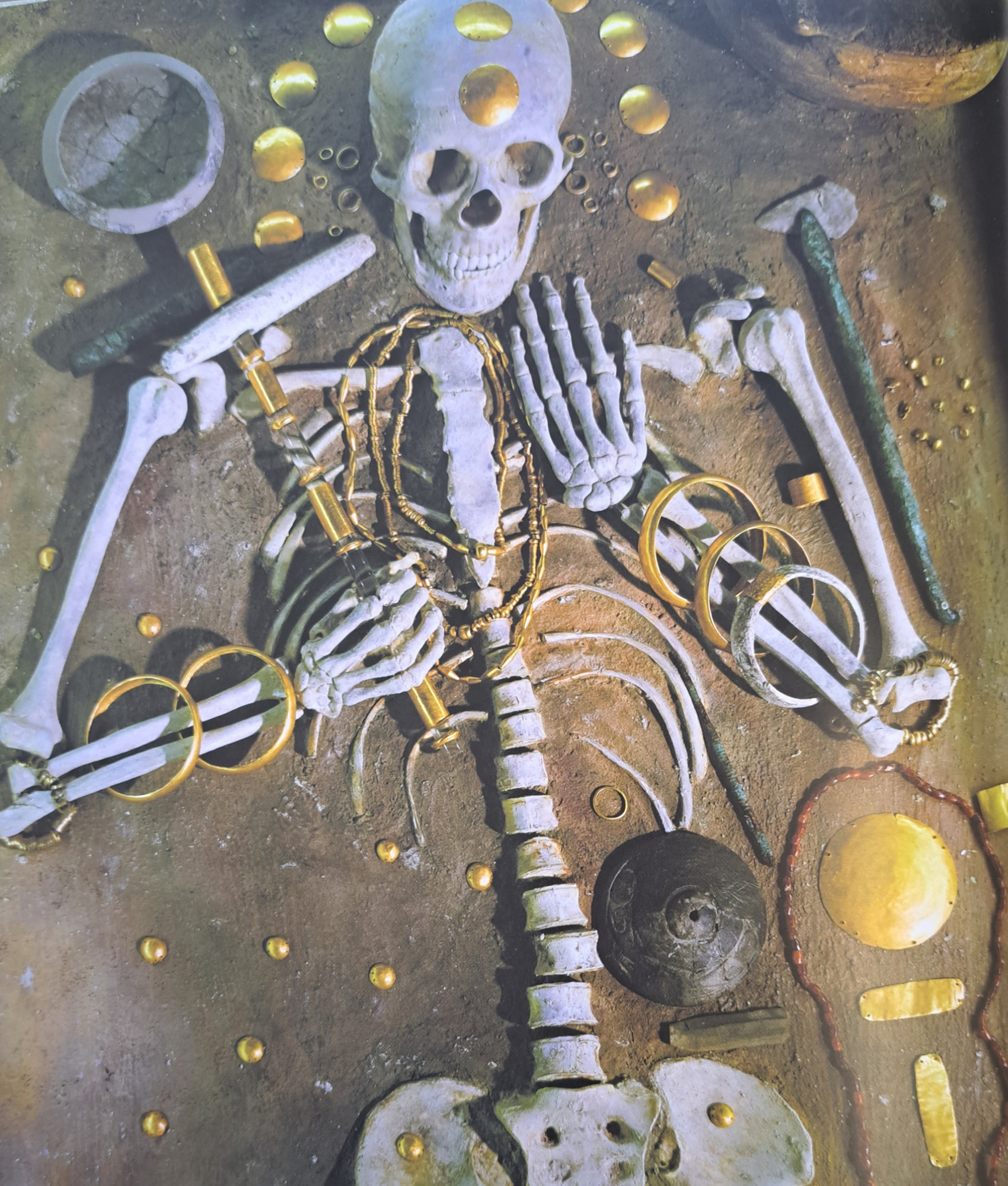
THE CHIEF-PRIEST
The Chief-Priest was adorned for his afterlife with a scepter and 990 gold items as their weight exceeds 1.5 kg. He was a tall man for his time – 1.70 m. The find is known in the scientific community as grave 43 and is the last home of a very influential man.
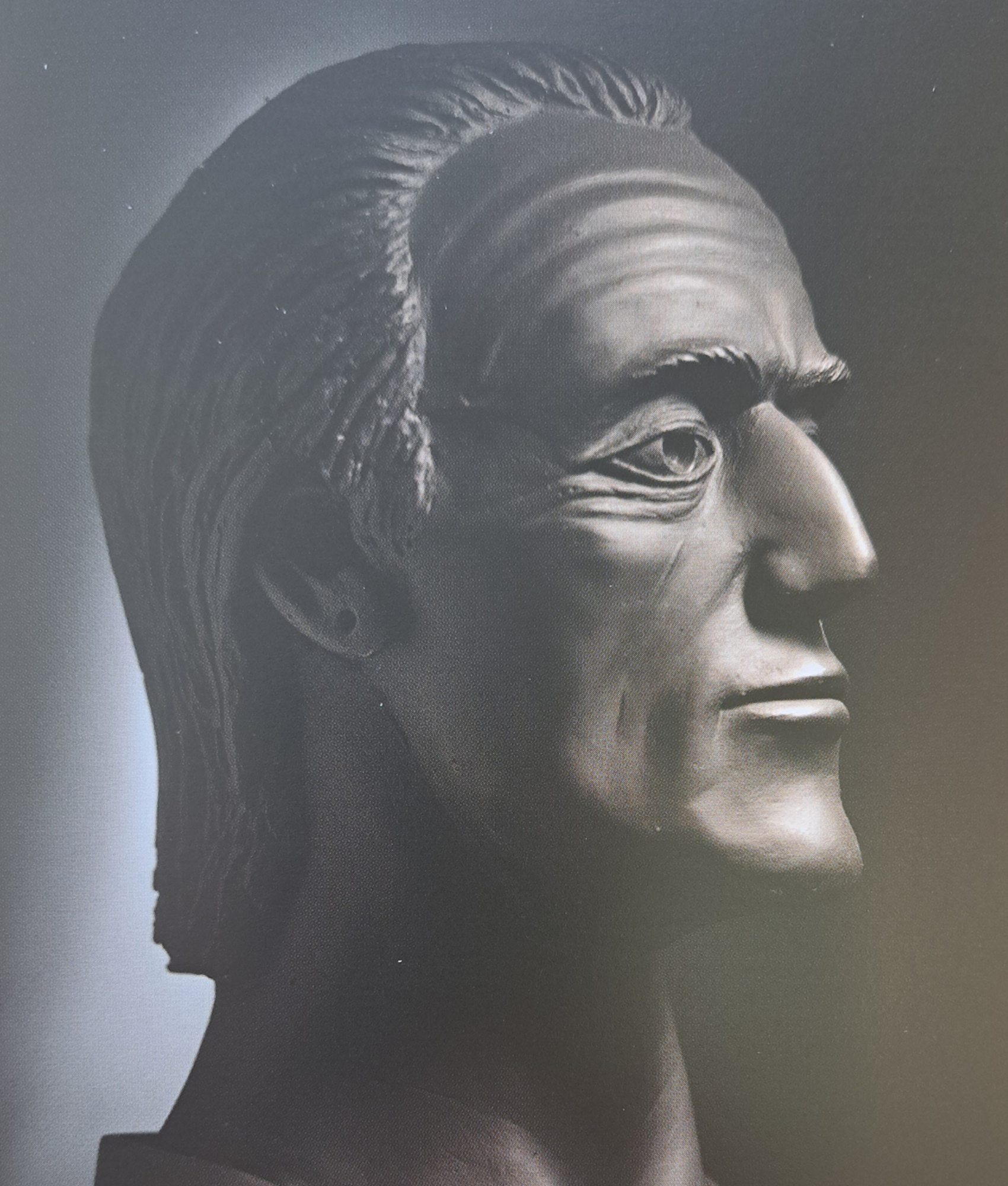
RESTORED FACE
The reconstruction was made based on his cranial structure. The comparison of the numerous goods of this chief with more modest graves makes historians believ that this ancient community called Varna Culture had a well-structured society with an established hierarchy.
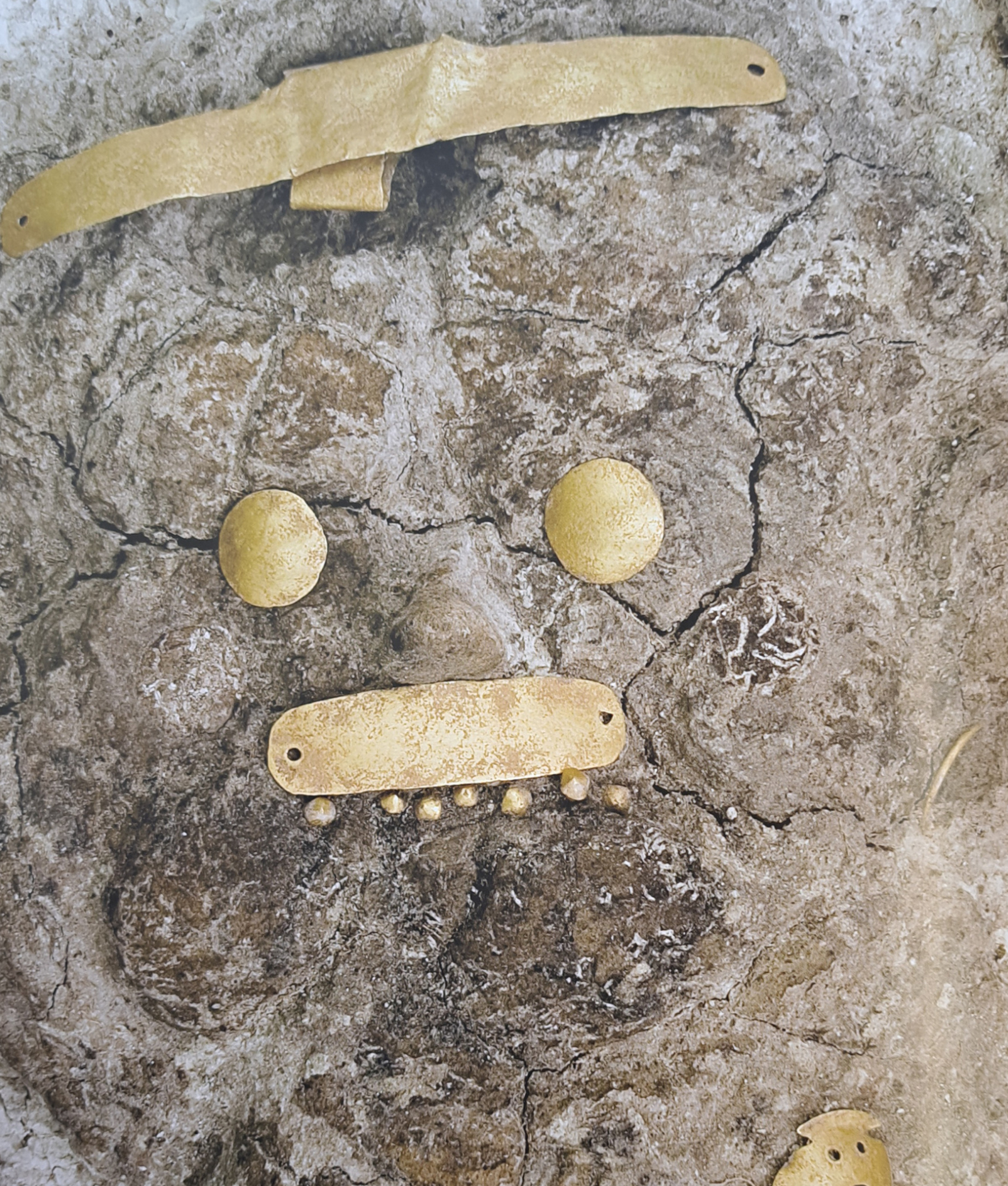
CENOTAPHS
47 graves contain no human remains and are assumed to be cenotaphs for community members who died in battle or for any othe reason far way from home. On the place of the head into three of them are found life-size images of human faces made of unbaked clay. Some body parts are marked with gold objects – a rectangular plate instead of a mouth, round plates instead of eyes. The so-shaped humans wore numerous jewelries – gold diadem on th eforehead, gold nails piercings on the upper an dlower lips, several gold rings as earrings, and necklace made of beads from mullusk shells or from various minerals na gold. A veriety of grave goods were also laid. Archaeologist define those graves as burials of anthropomorphic sculptures – with heads modeled from clay and bodies made of straw, sticks and clay.
Grave 4
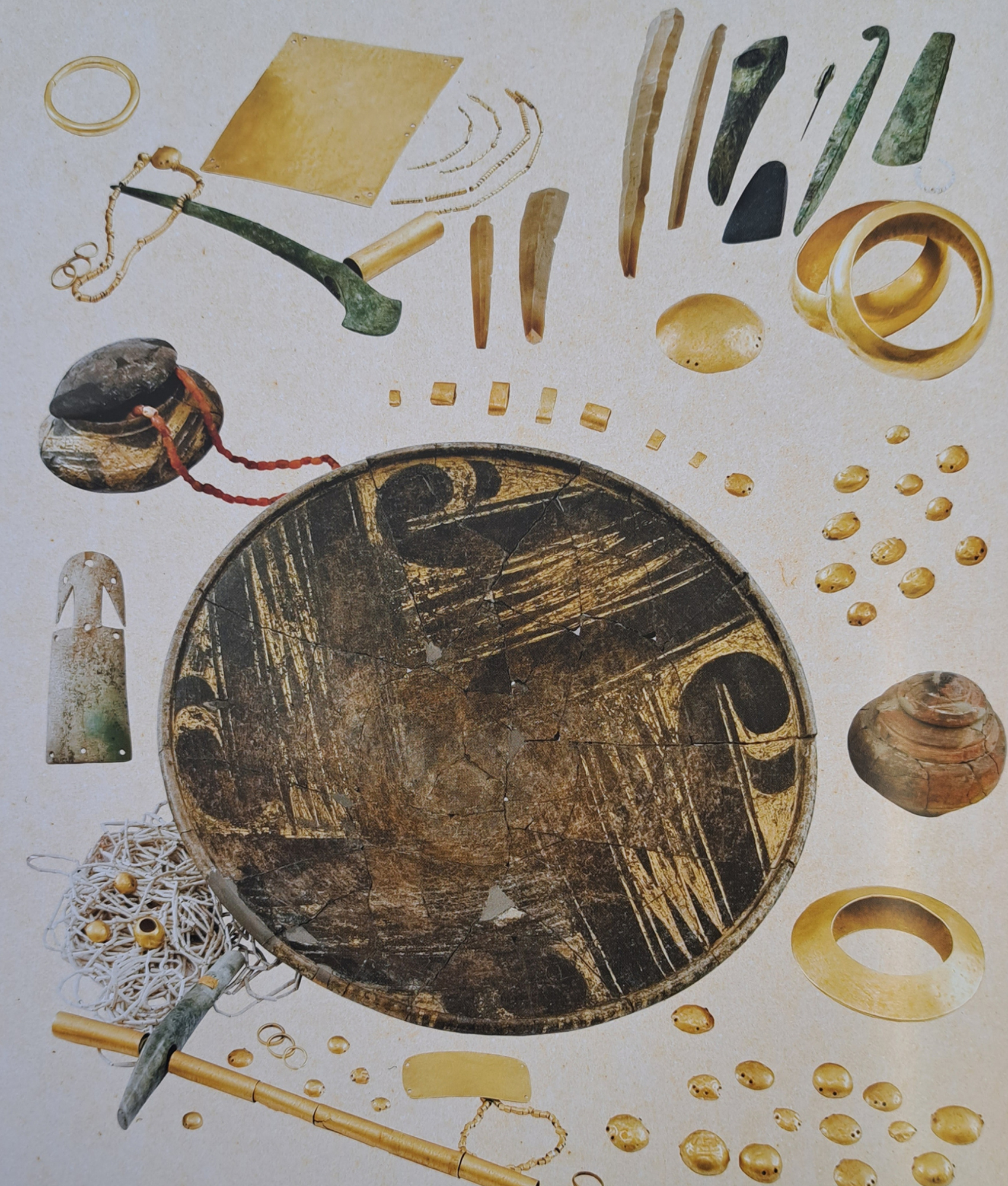
HIGHER POWER
Other centopaths suggest religious beliefs where the spirit of the deceased is sent to afterlife to be with his family. The rites are observed in detail, but only the body is not laid. Among this class of graves are some extremely rich ones, with several varied gifts. Grave 4 is of particular interest as in addition to a large number of copper toools and gold ornaments it contains two richly decorated ceramic vessels. Their ornaments are applied with gold dust and demonstrate remarkable artistic taste and affluence. In the grave is also found a scepter – symbol of higher secular or spiritual authority. The grave gold objects weight almost as much as the finds from grave 43 – 1.5 kg.
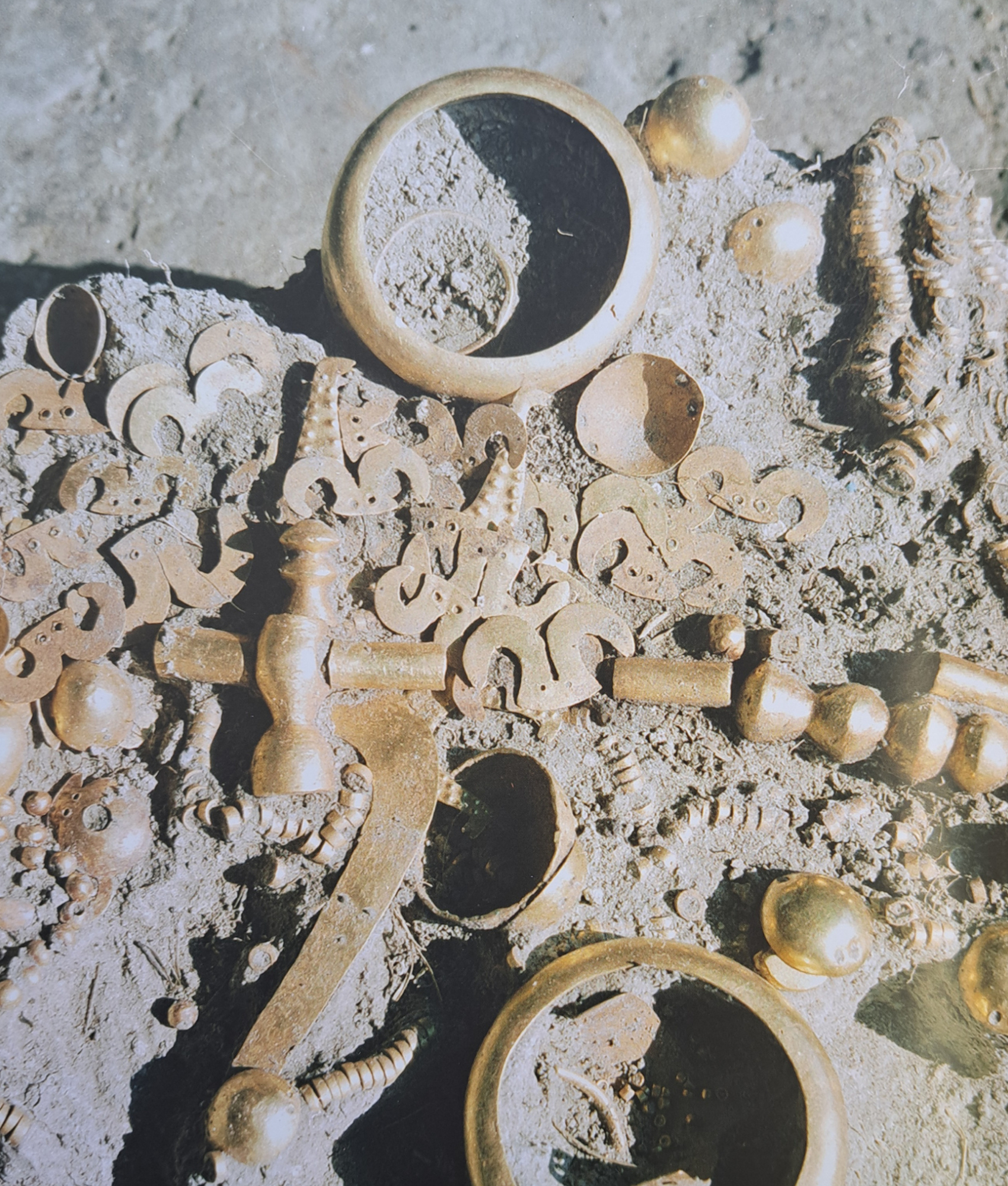
TREASURE PITS
There are also treasure cenotaph pits where many golden objects were buried. The number and types of gifts are different but usually made of metal. The richest and most remarkable of these complexes is grave 36. Within it are found 850 gold items, some without analogue neither in Varna necropolis nor in other Chalcolithic sites – arched objects, appliques in the forms of bullhorns, knucklebones and the most interesting and remarkable ones: the two golden figurines of bulls with curved back horns. The small size of the exposed diadem and two bracelets is also unusual. Notable with their specific shape and fine workmanship are the miniature scepter-hammer and the mace.
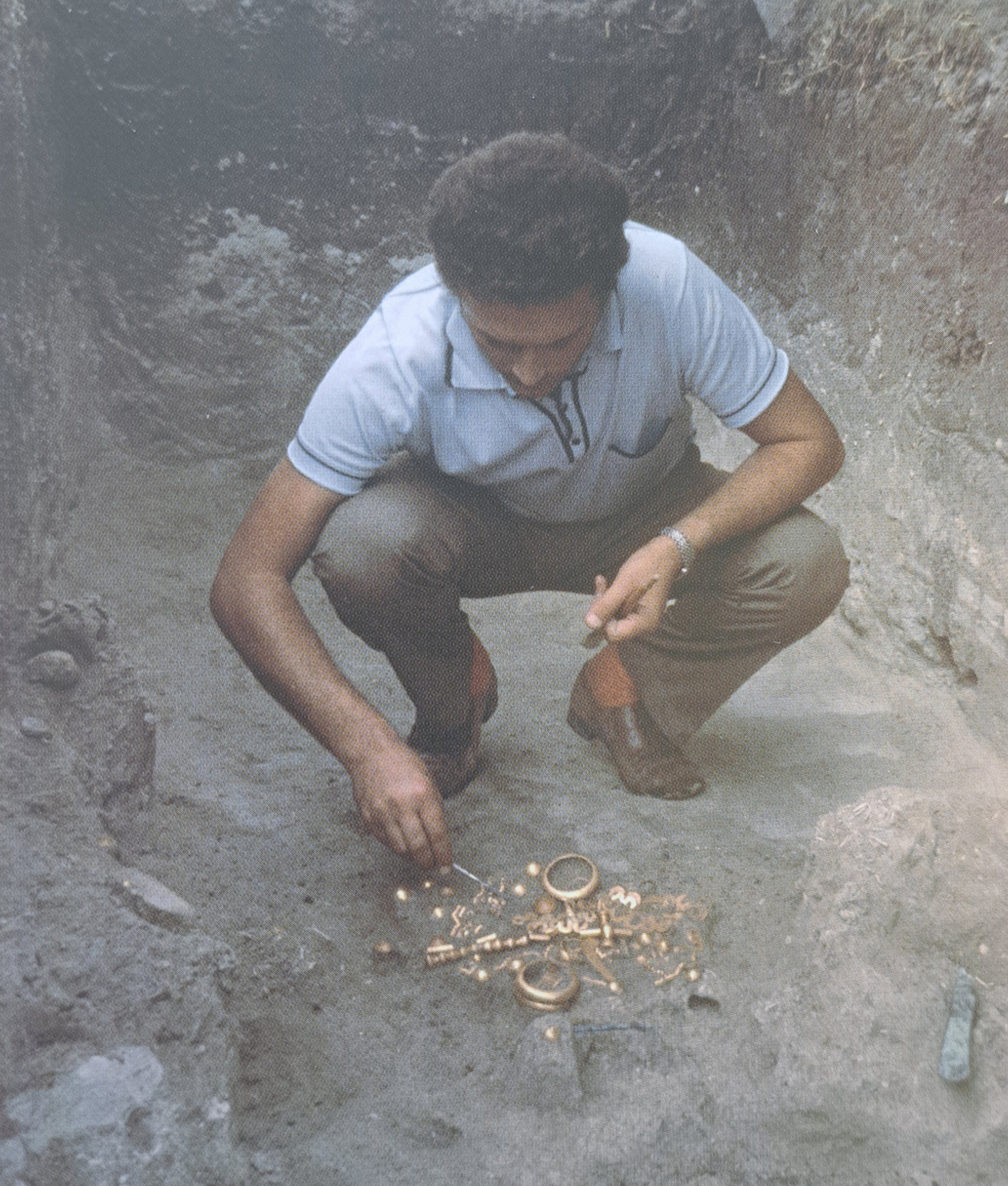
EXAMINATION OF GRAVE 36
The archaeology legend, Ivan Ivanov suggested that grave 36 is a child cenotaph because of the small scale of most of the finds. However, it is most likely that this complex, like the rmaining group of deposits, is connected with specific commemorative practices or is a kind of sacraficial gift to the underground deities.
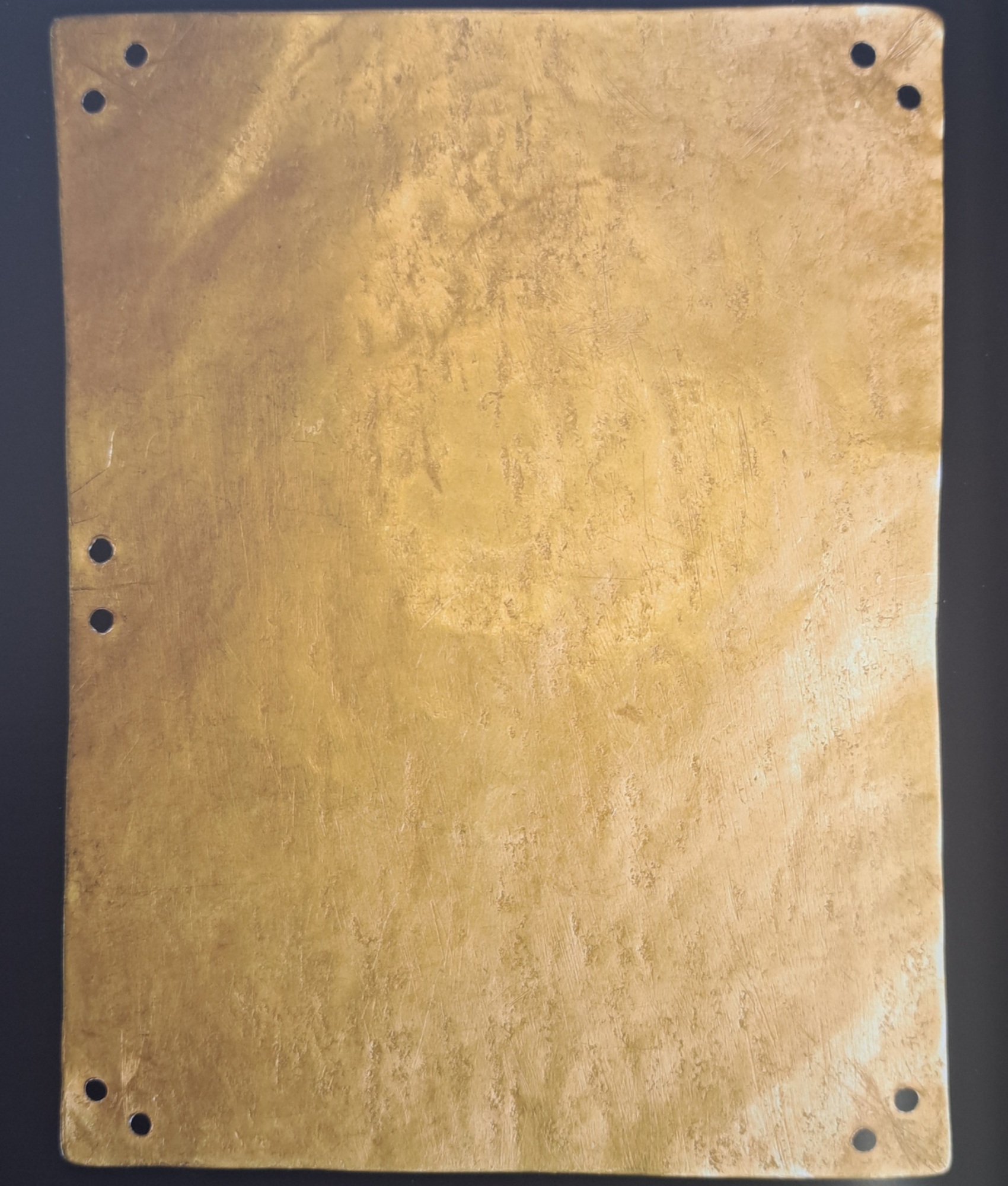
GOLD STANDARD
According to the most radically disposed mathematicians, some of the discovered gold objects were part of a scientific toolkit of the ancient people illustrating their knowledge of the world as a system of ligically related dependencies and proportions. The golden ratio being one of them. Preserved in these objects literally as a gold standard, this knowledge allows us to expand the horizons of our ideas about the prehistory.
Copper
artifacts
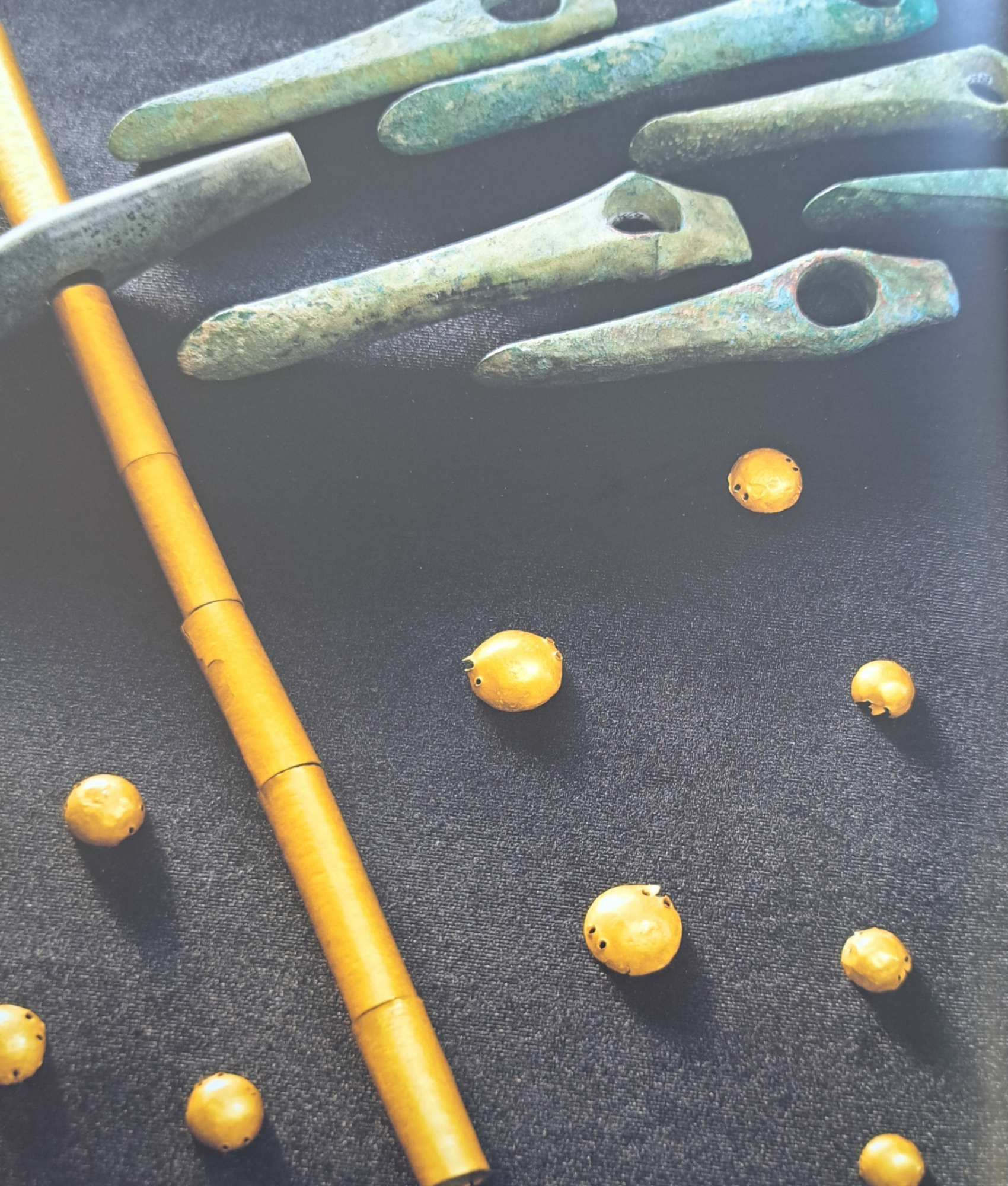
METAL PROCESSING
Huge presence of a variety of products not found elsewhere on earth at that time which makes us assume that a first of its kind metal processing production center functioned in the area around the present-day city of Varna. This was confirmed by the large (over 160) number of copper objects. The same conclusion applies to the latter as to the gold ones – no other site in the world with such a concentration of metal finds has been discovered so far. Amon copper artifacts are also registered unique types found only in the area around the Varna lake.
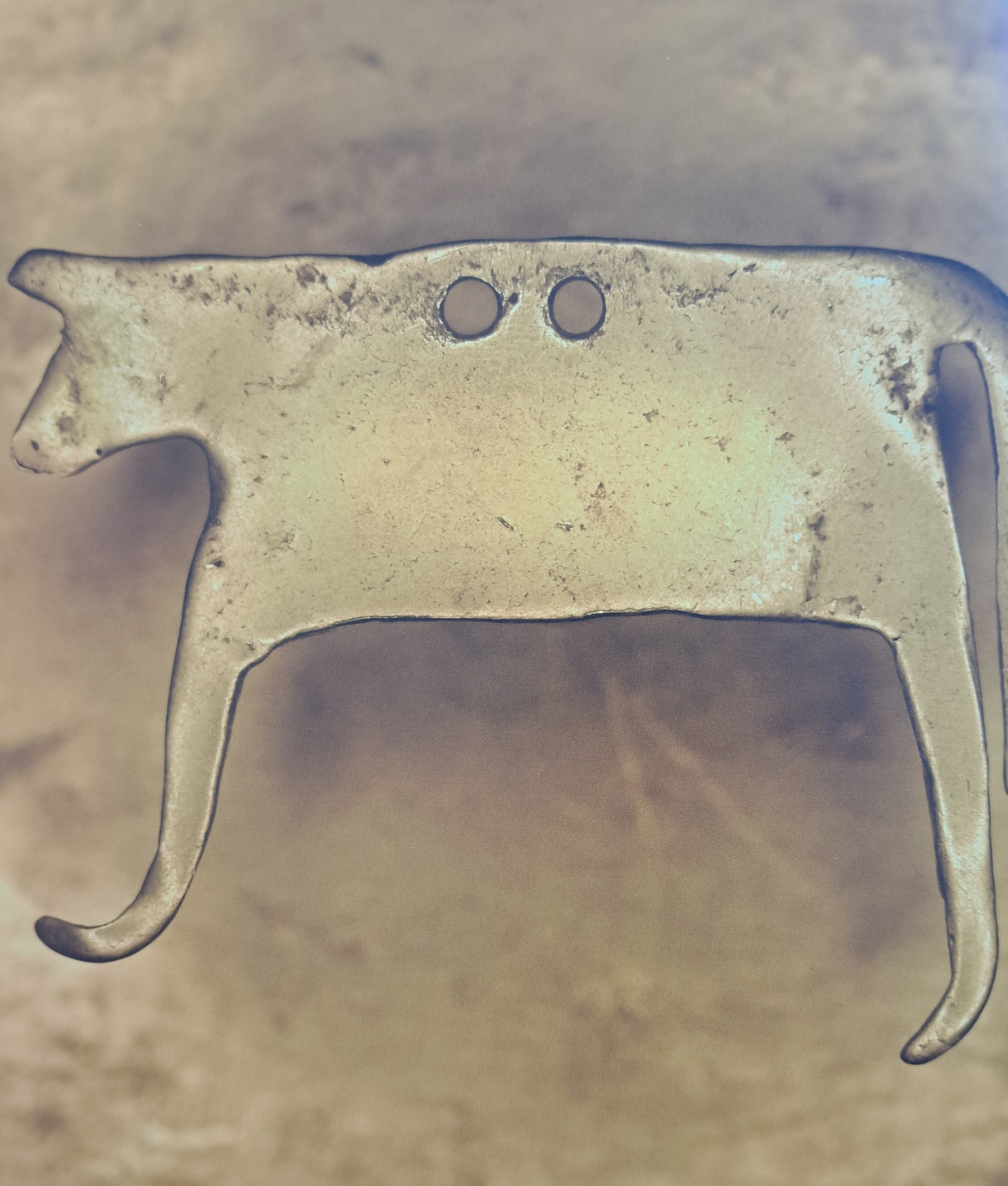
PUZZLES RESEARCHERS
Varna necropolis continue to puzzle researchers. This is the first emergence in the history of mankind of new socioeconomic developments such as mining, metallurgy and related trade exchange created prerequisites for changes in the social structures and the concentration of power in the hands of a small group of people.
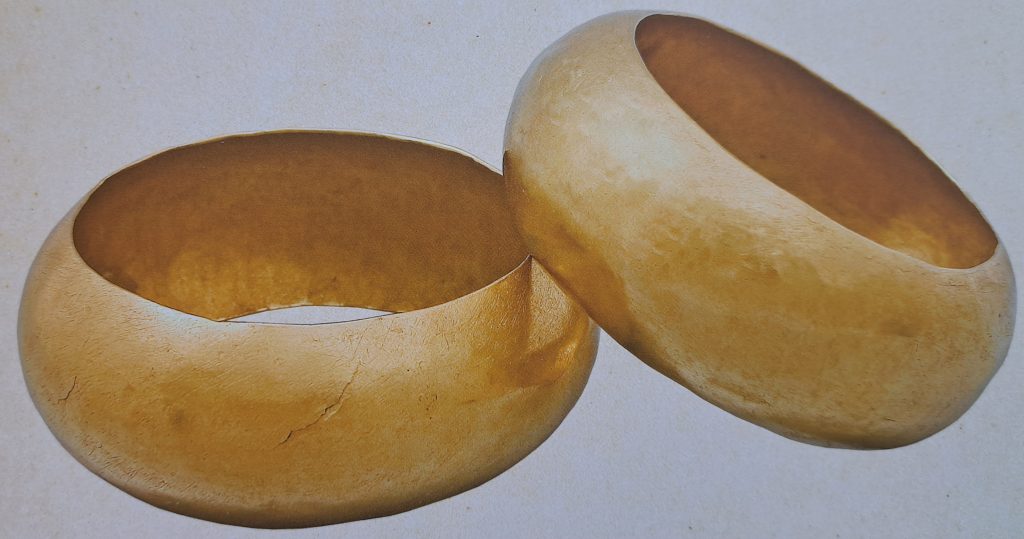
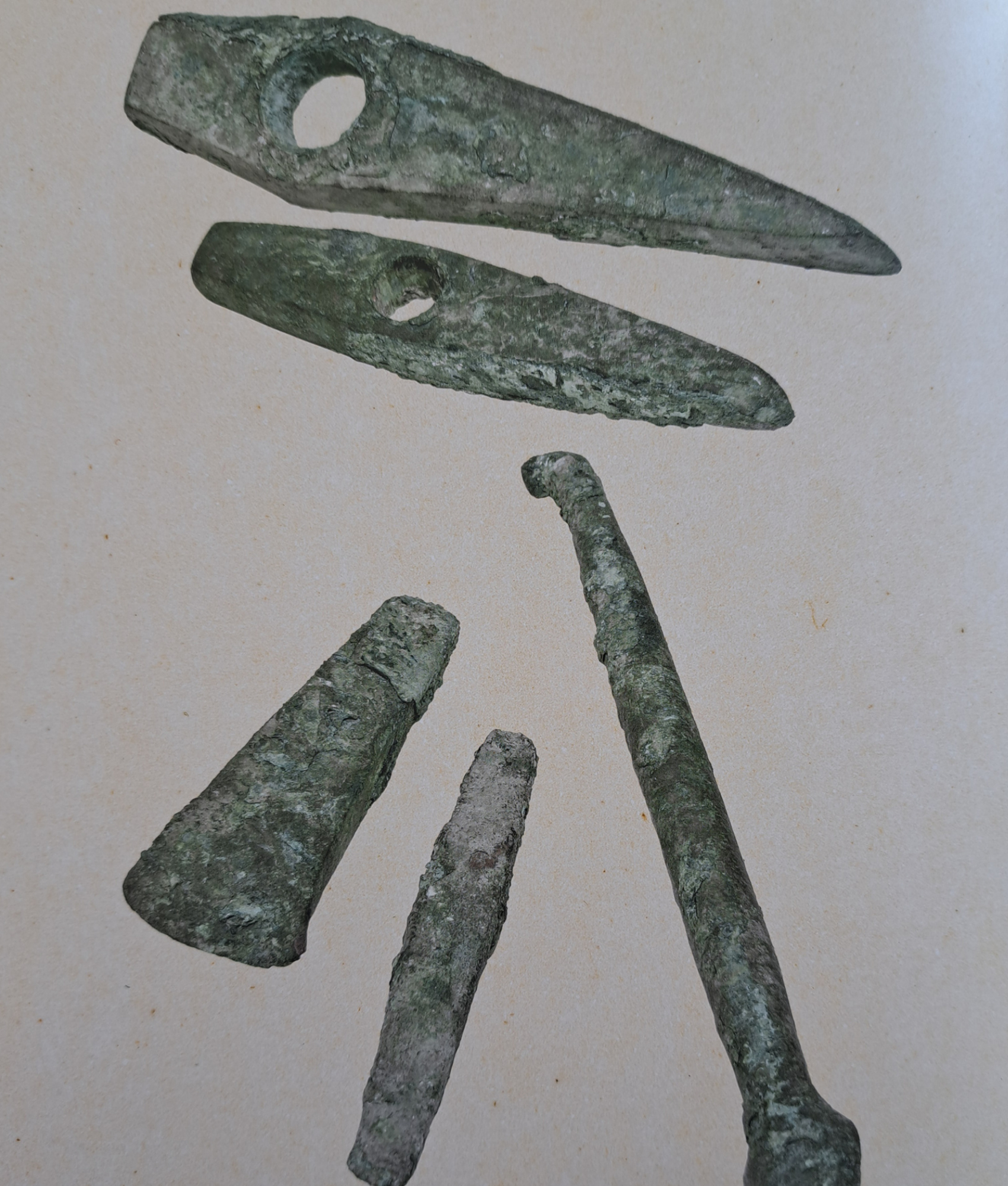
VARIETY OF WEAPONS
In addition to their many ornamets, the wealthy graves contain also variety of weapons – bows, arrows, spears, battle axes, not only confirming the hypothesis of contol but also testifying for the direct connection between power and military command.
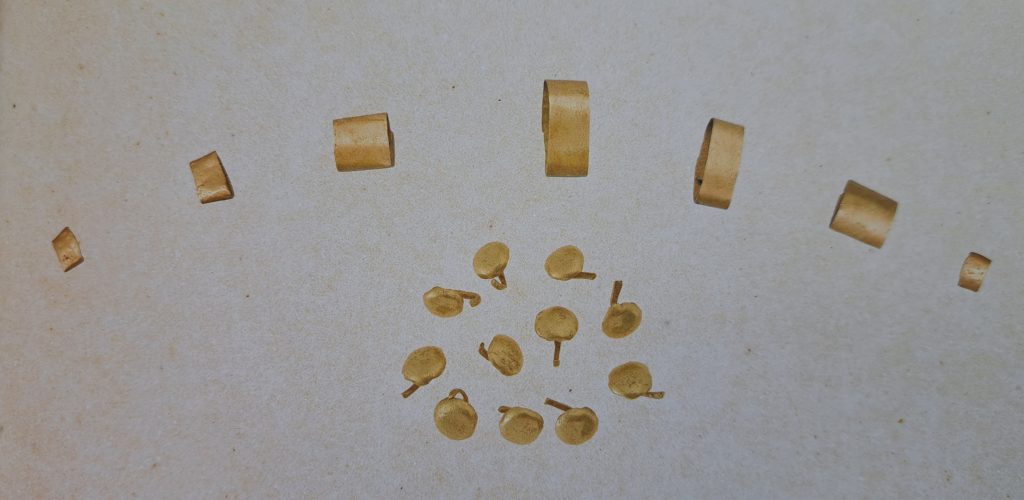
In search of
answers
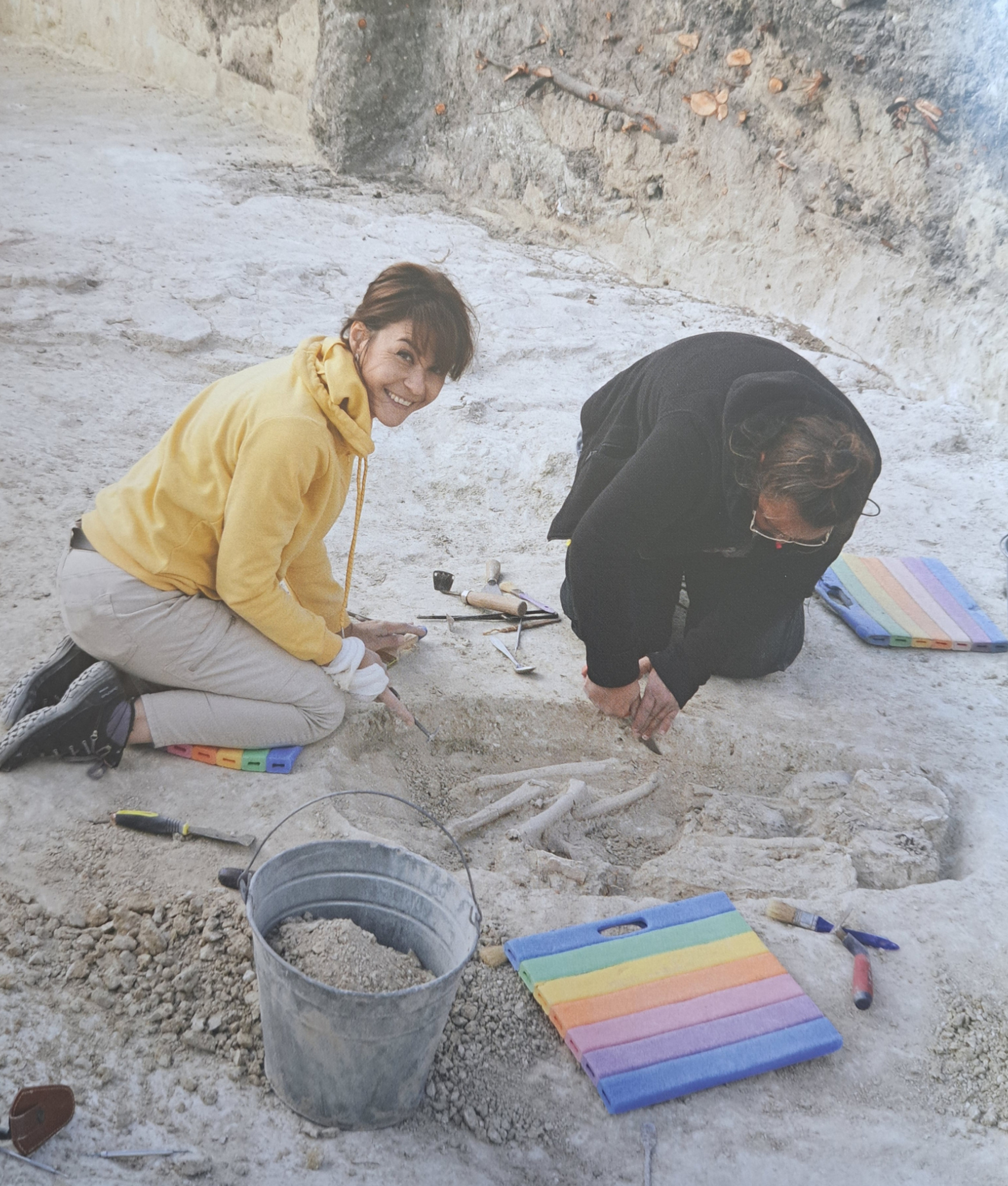
THE EXCACATIONS GO ON
Half a century after the discovery of the Varna necropolis, a significant amount of information has been accumulated about the Late Chalcolithic on the Balkan Peninsula. However, a numbe of questions still remain. That is why, in 2021, after thirty years, the excavations began again.
